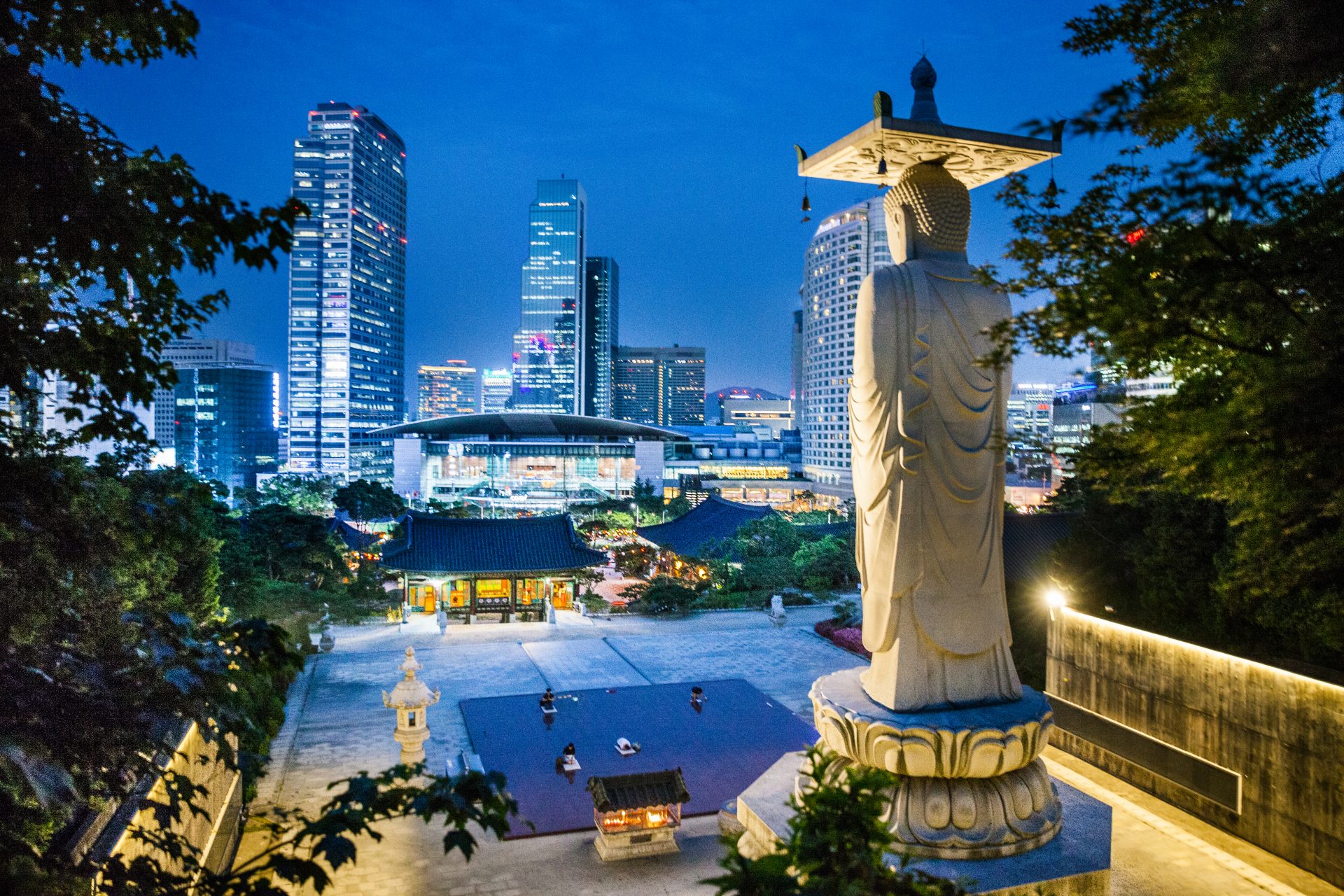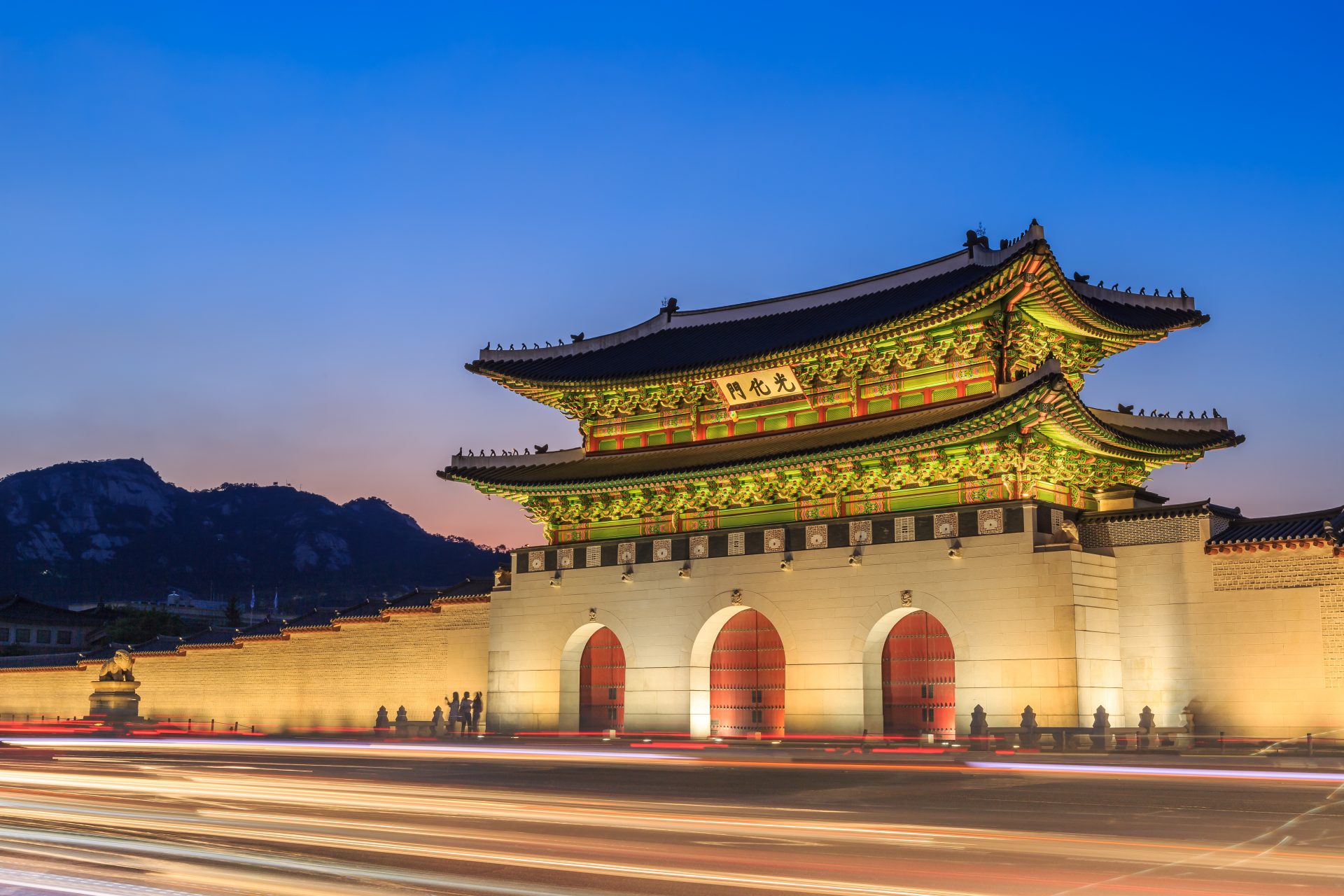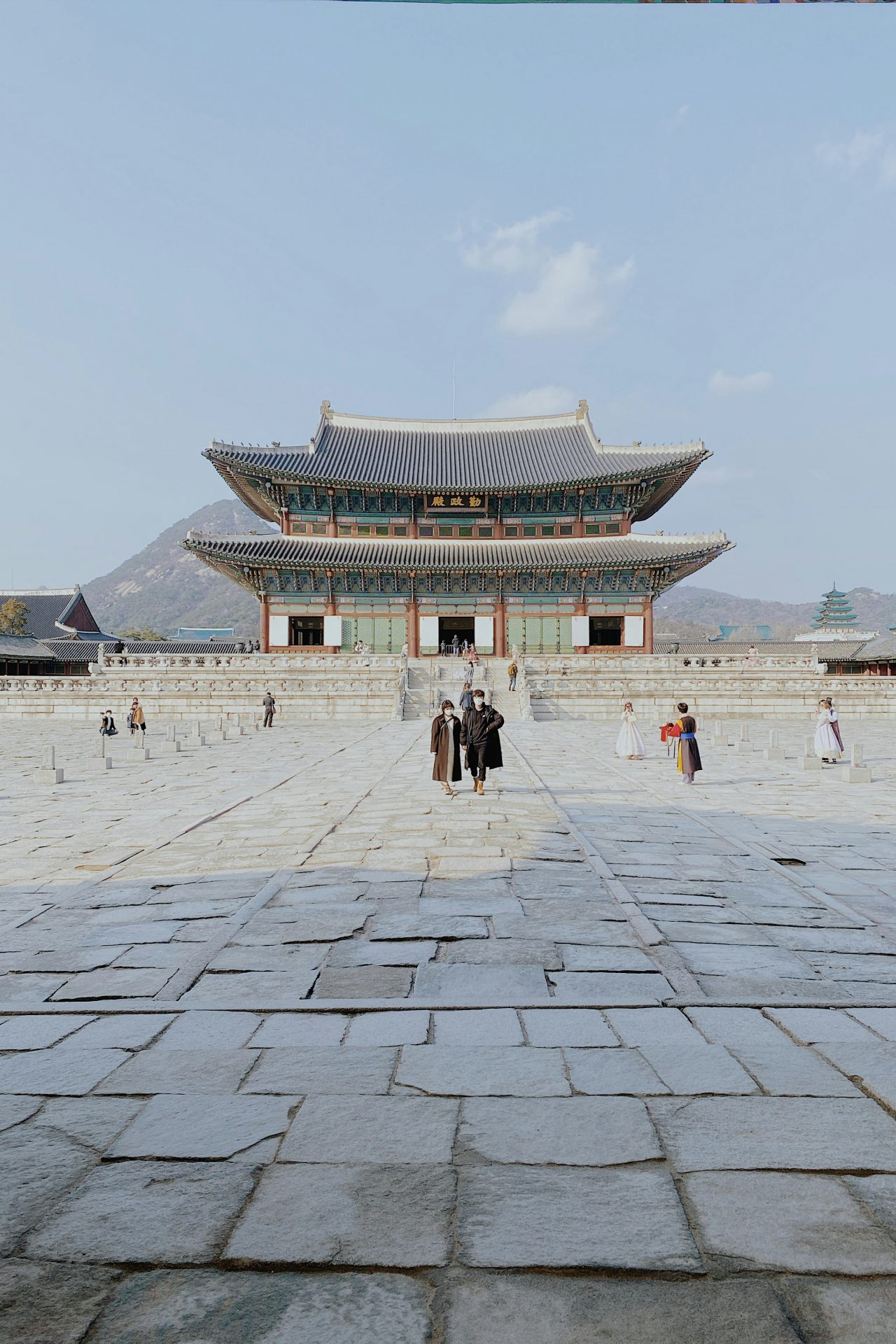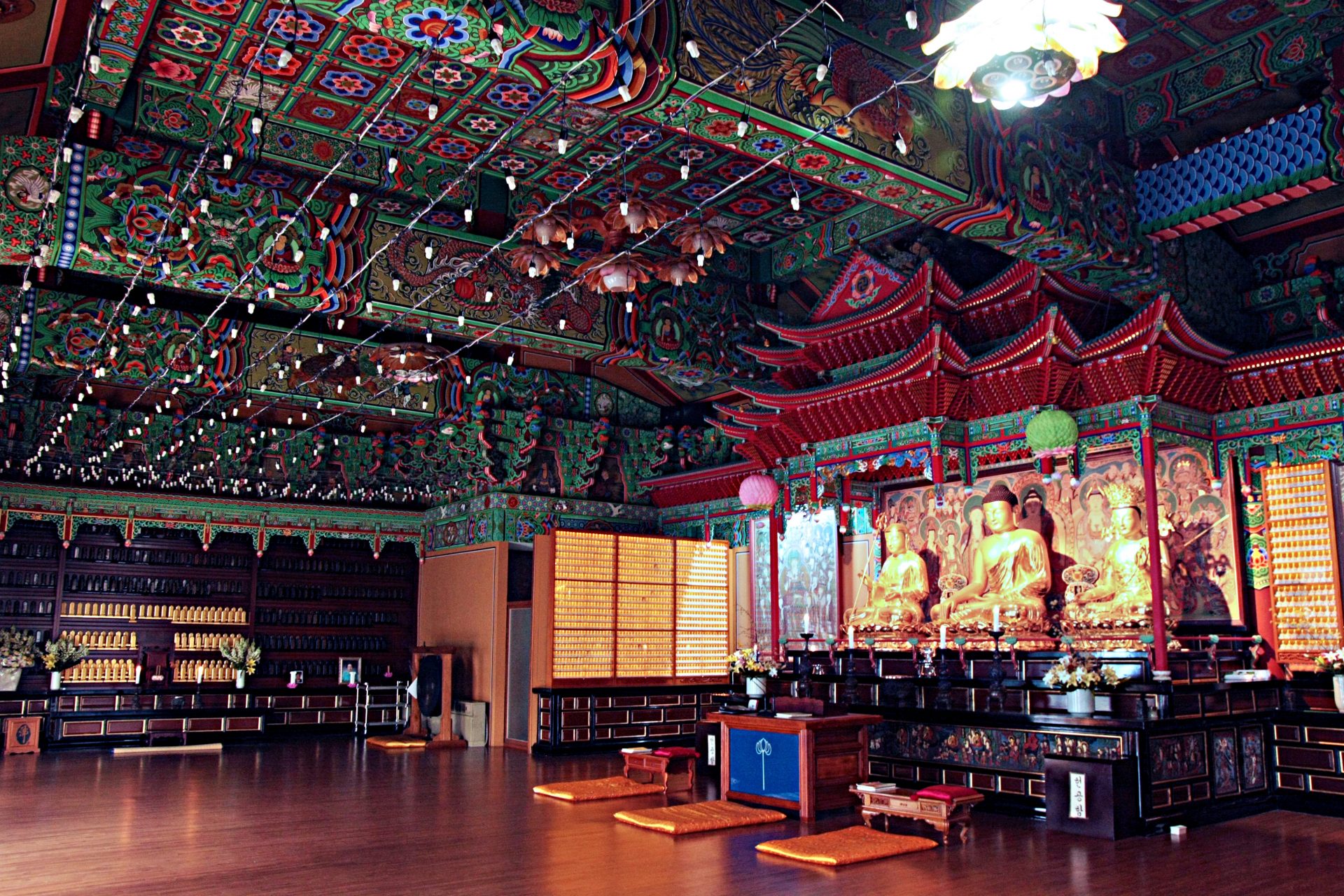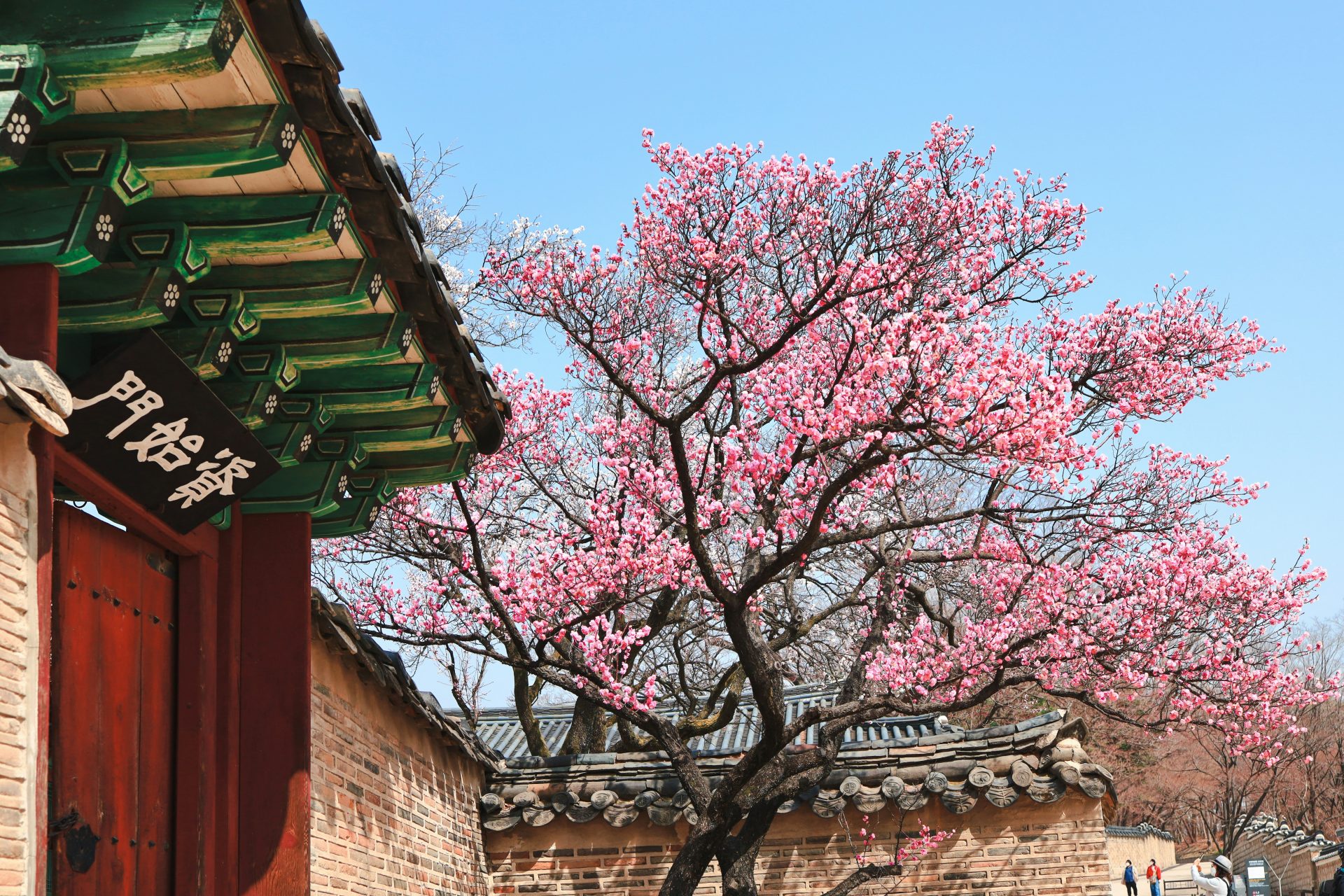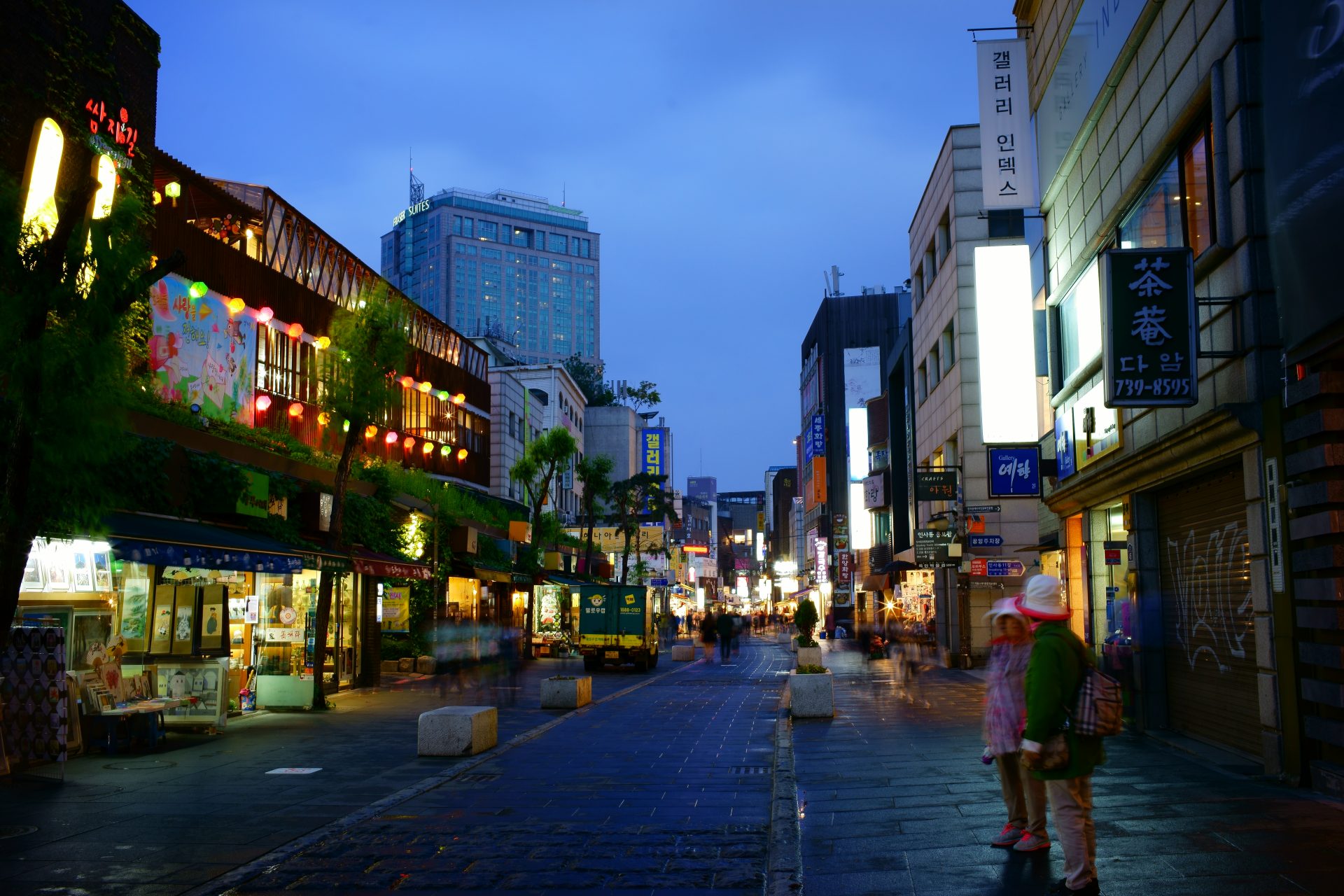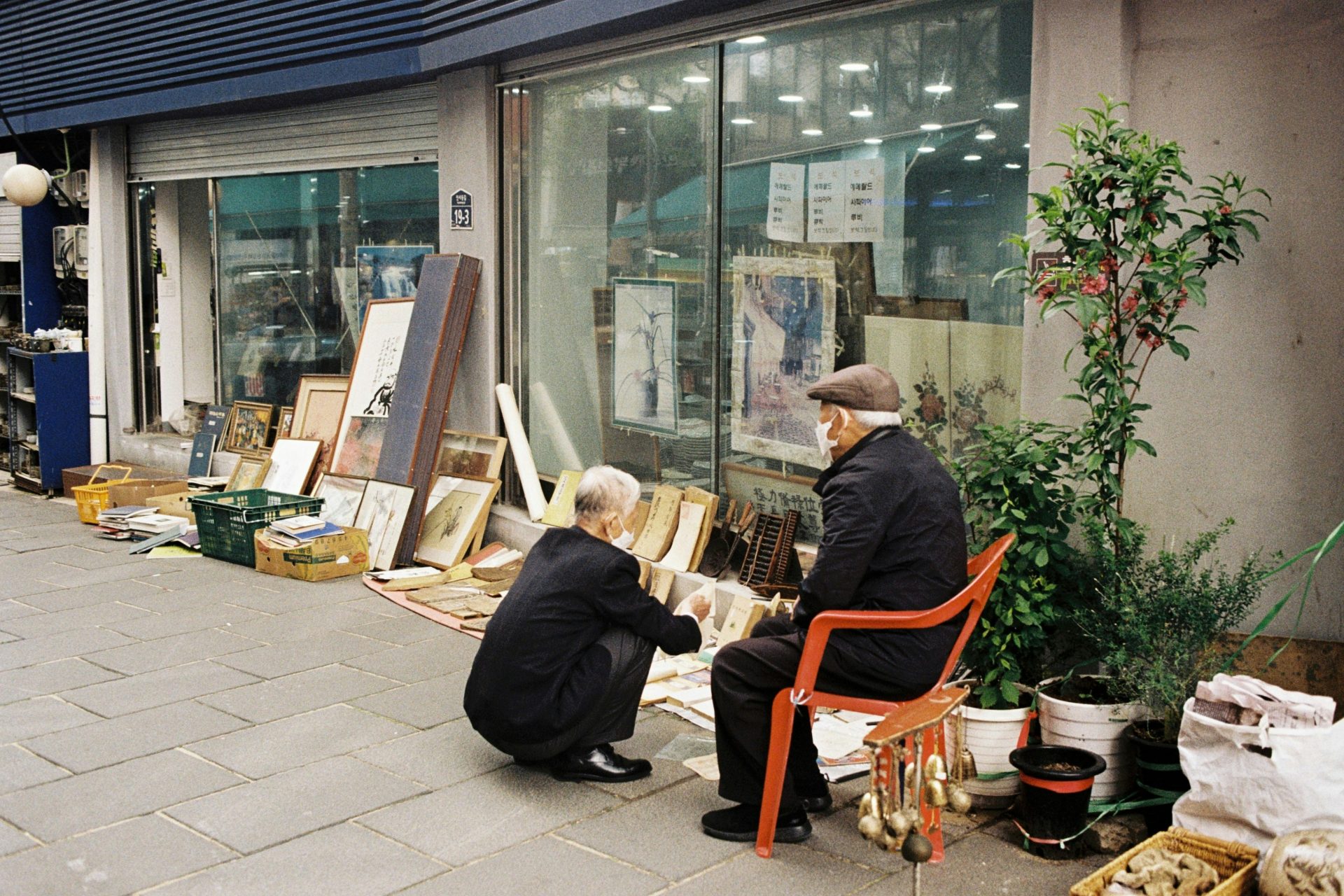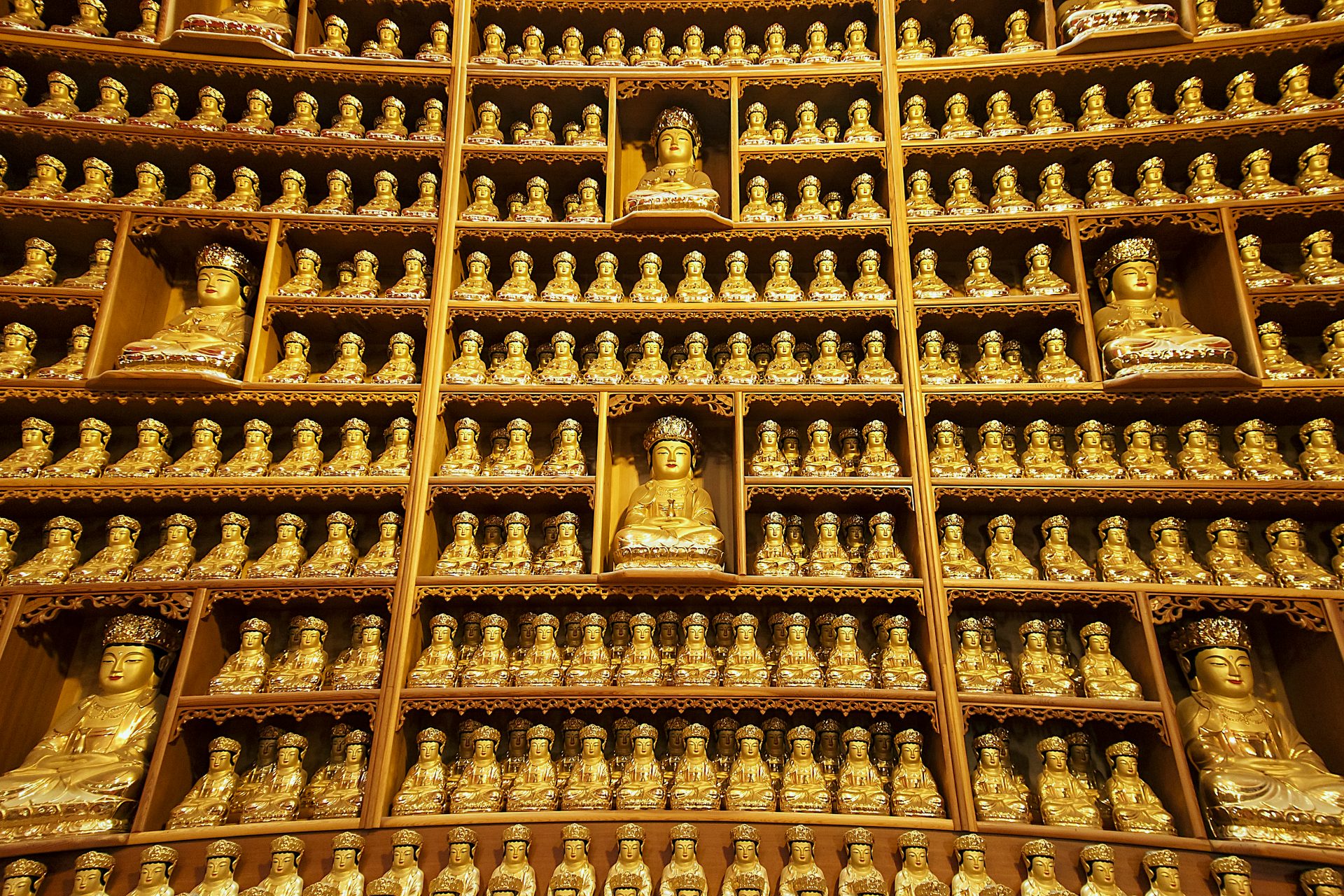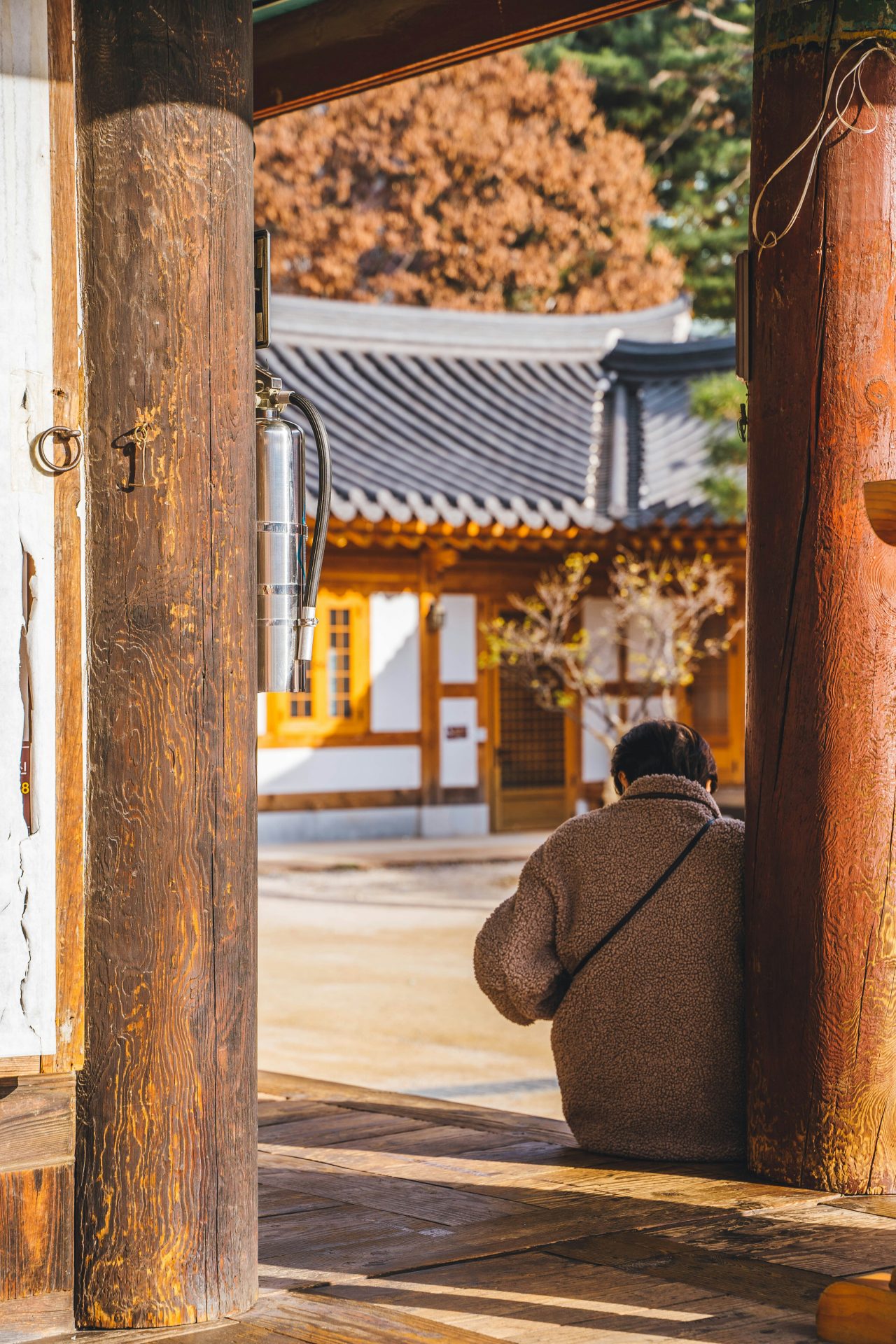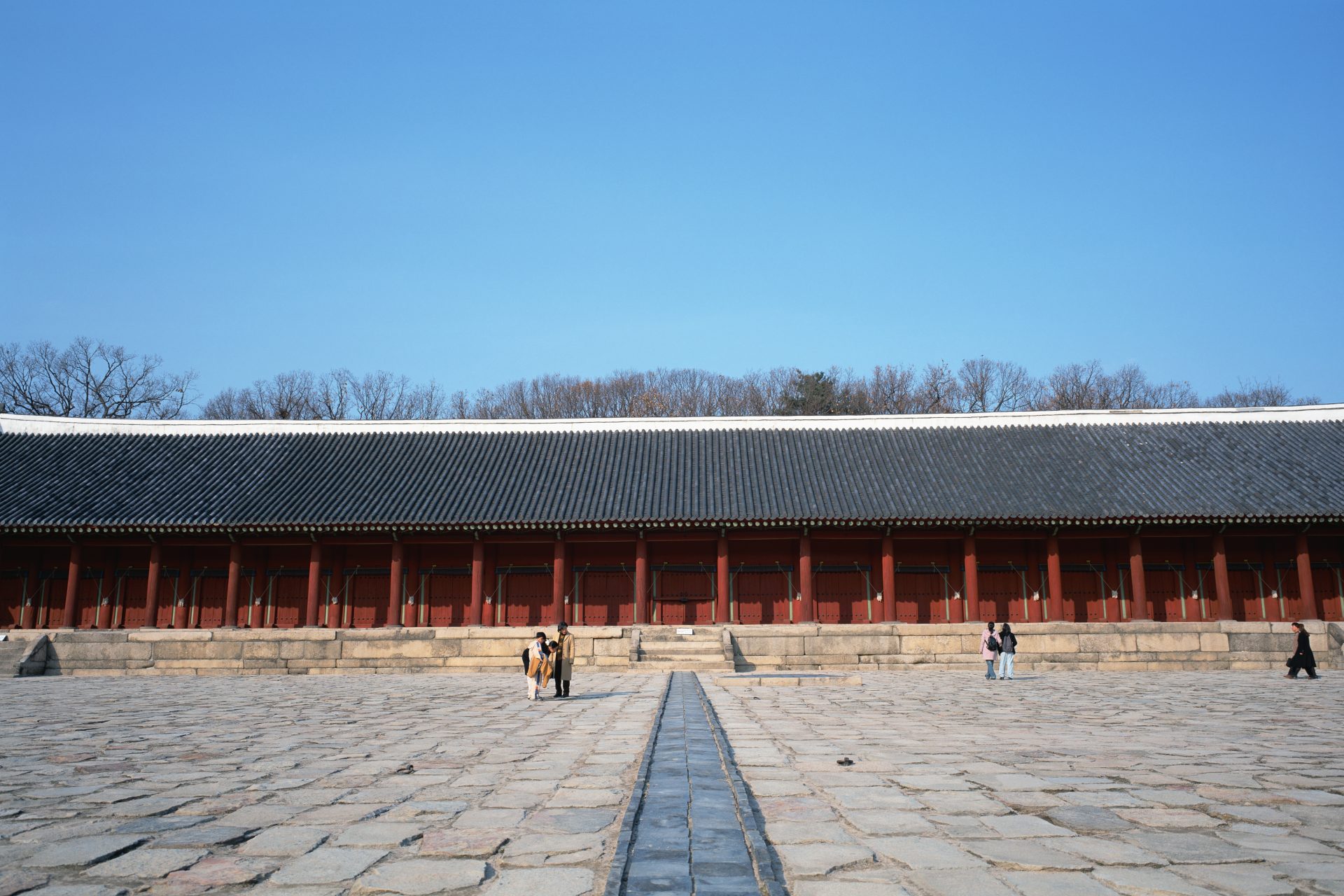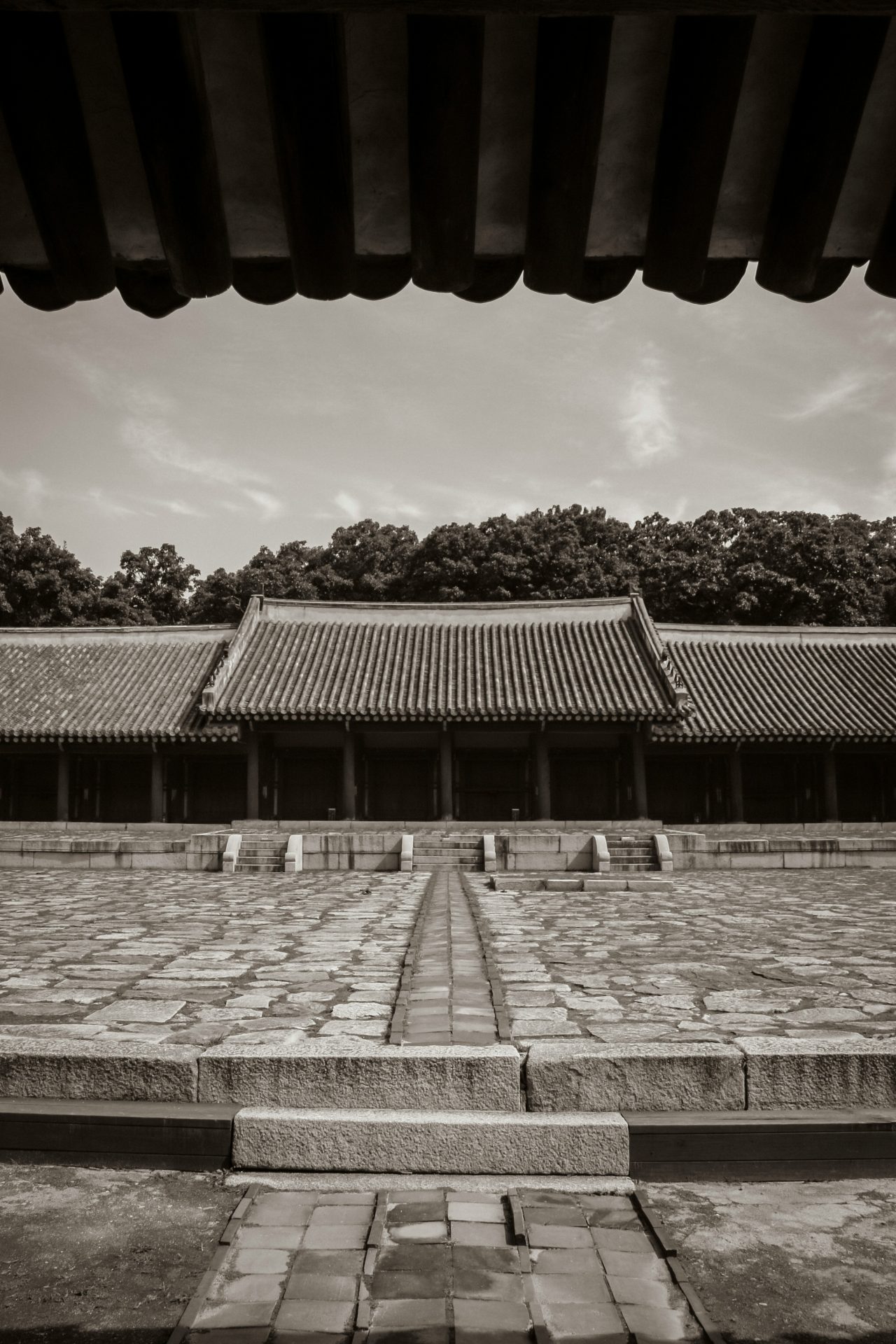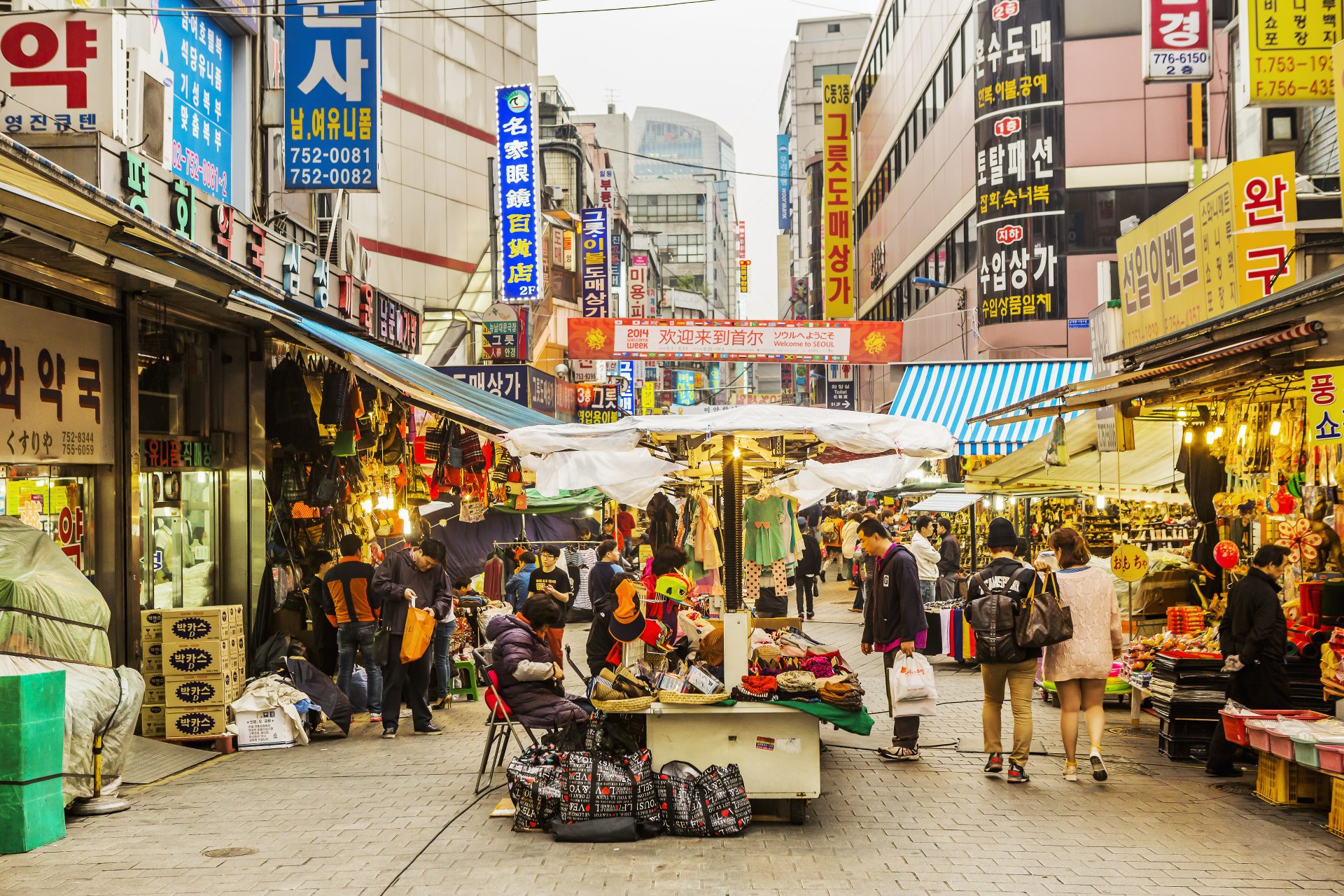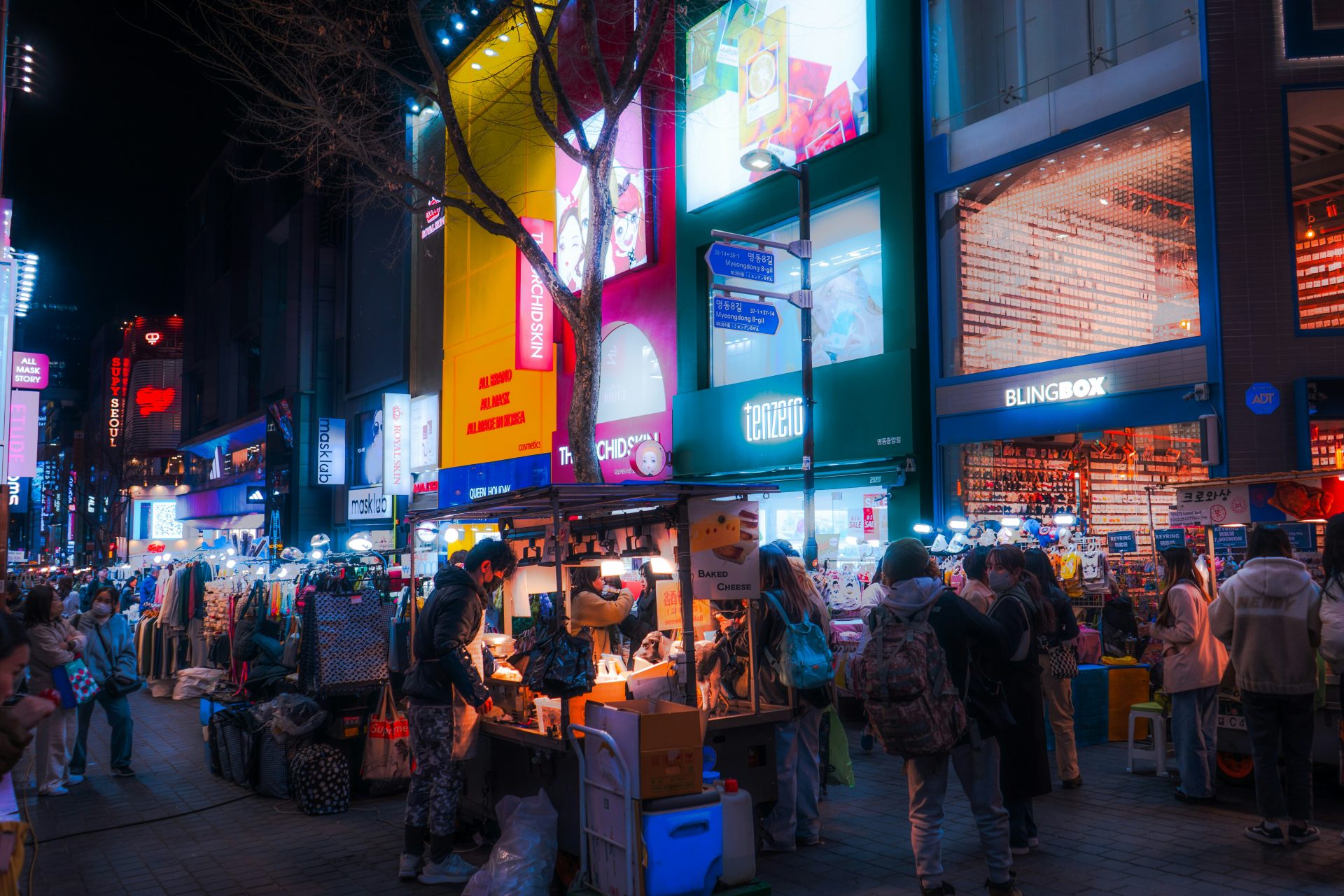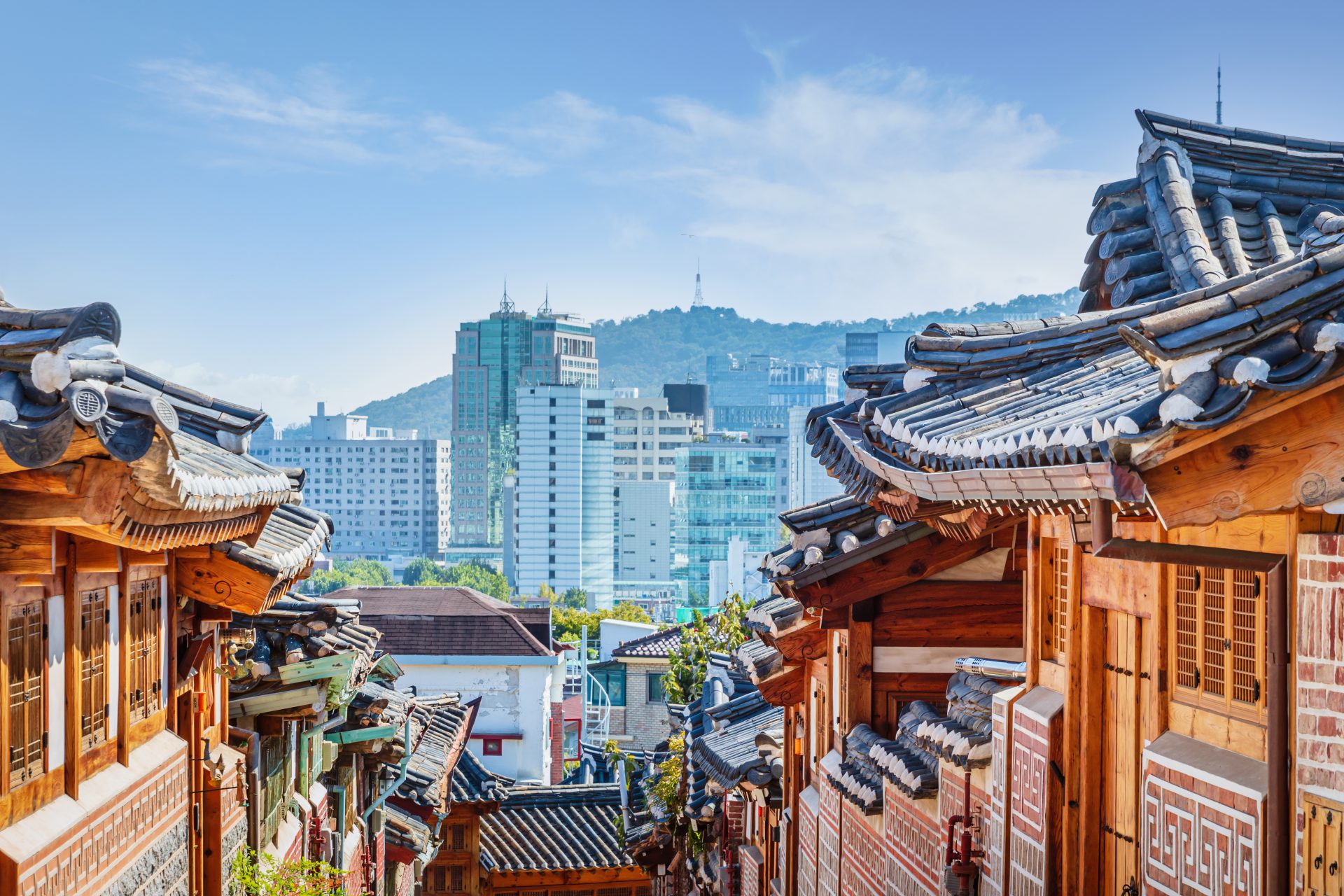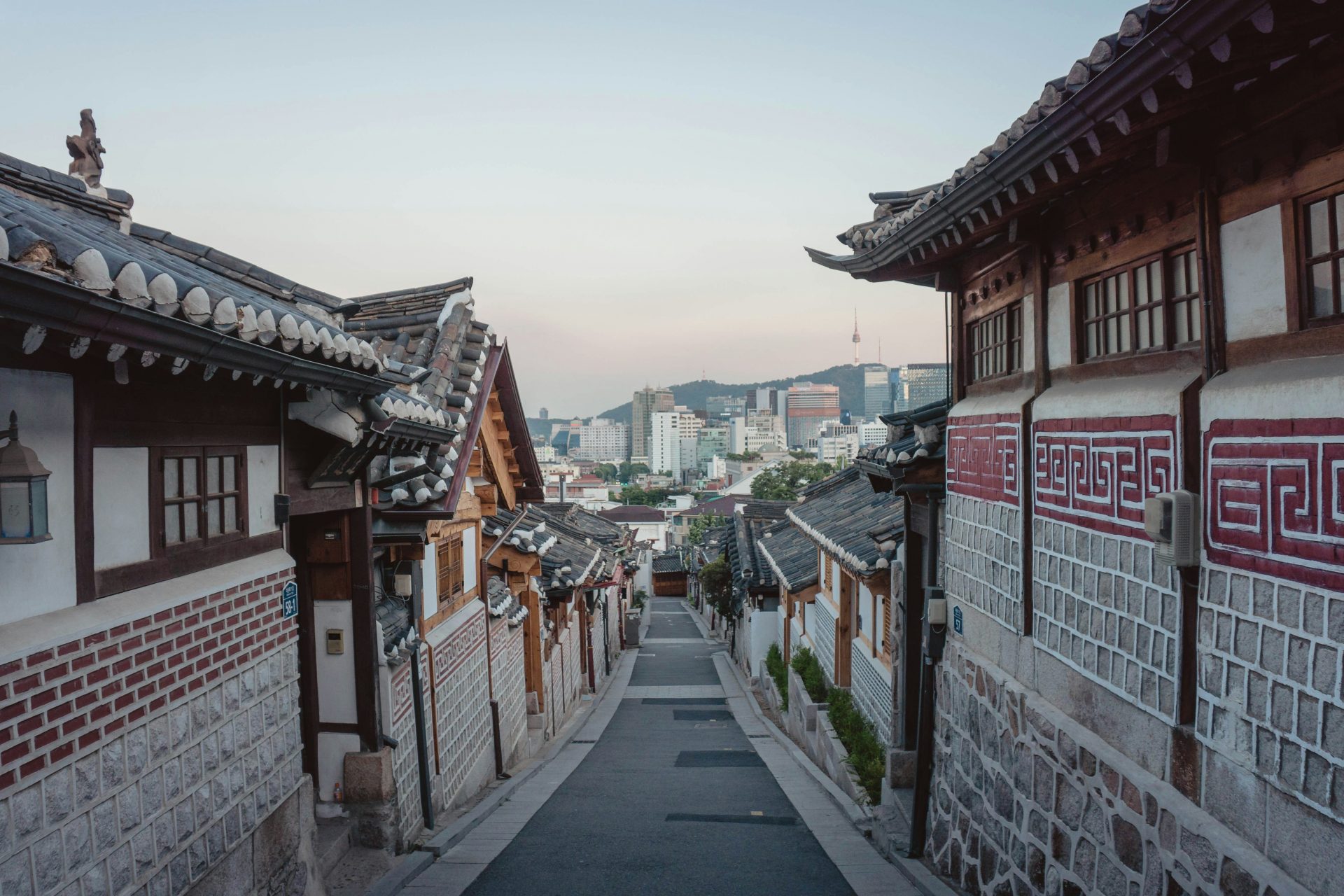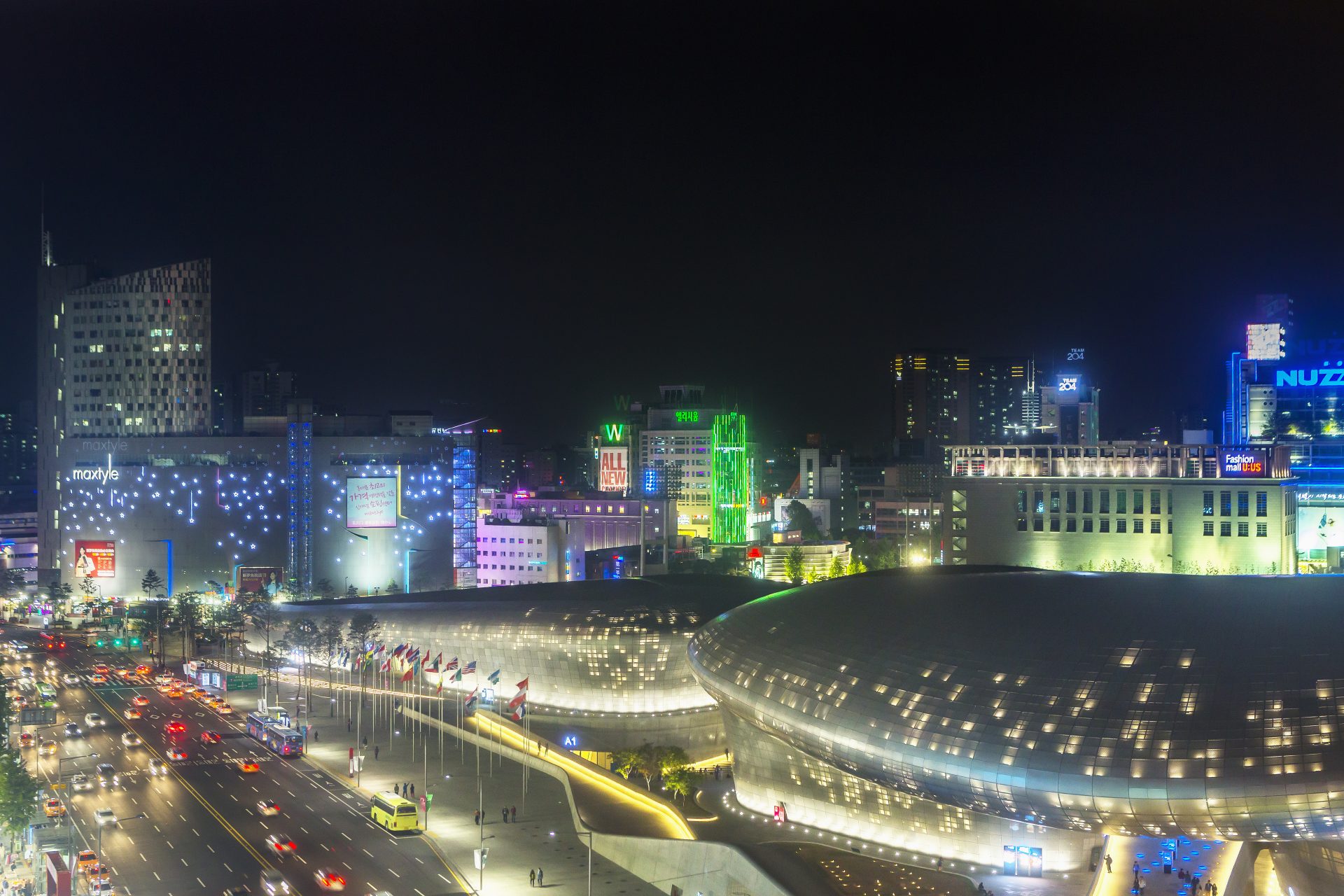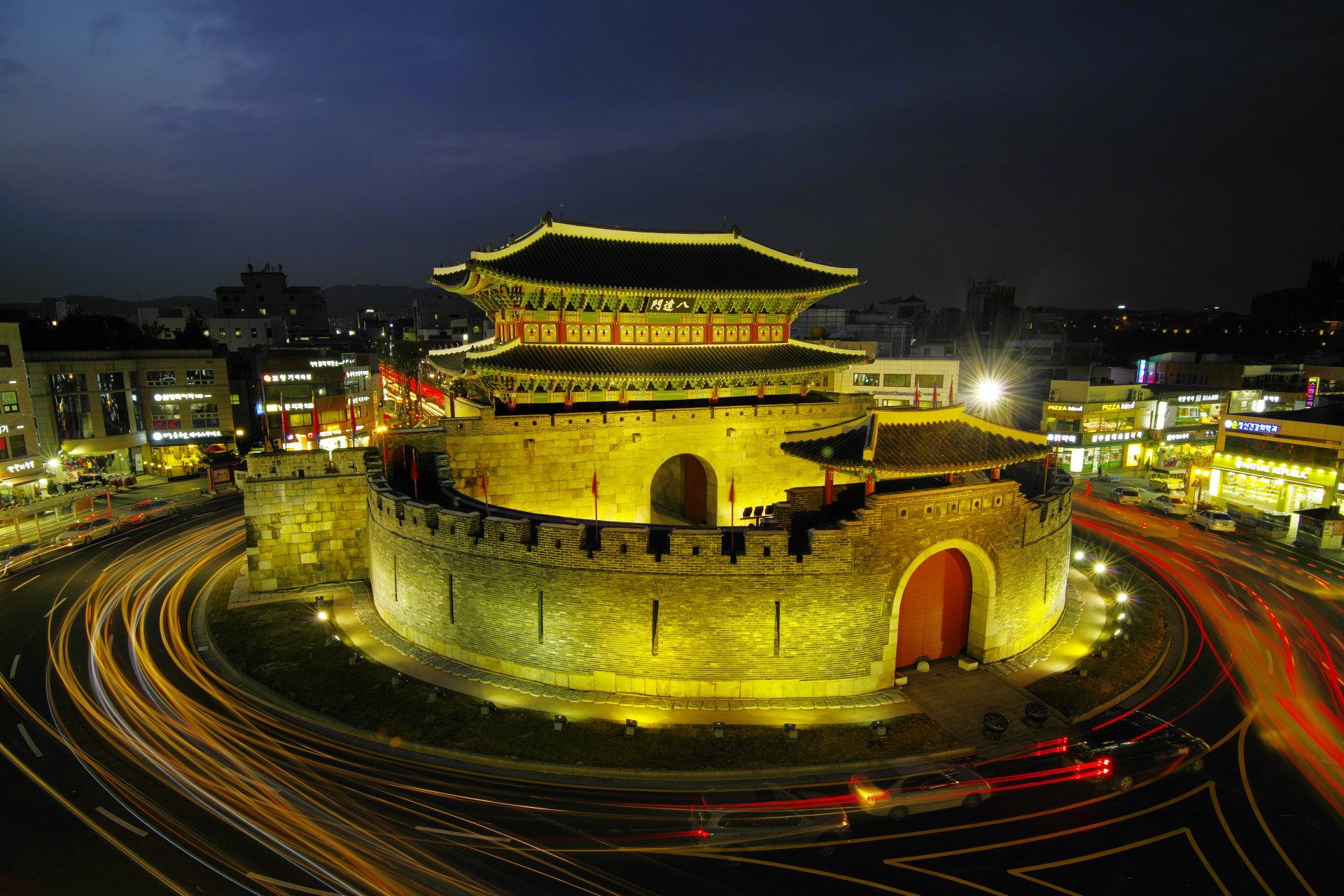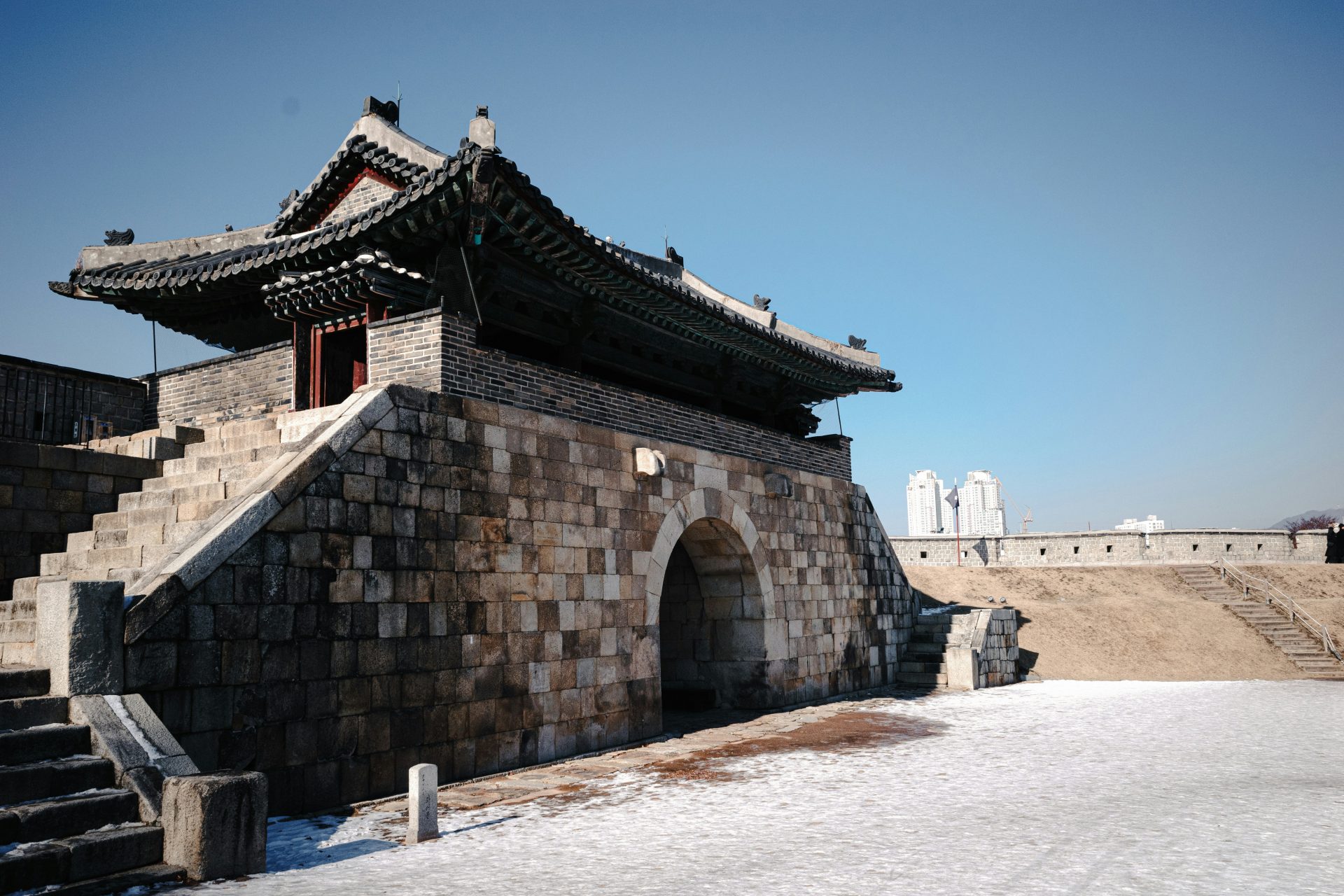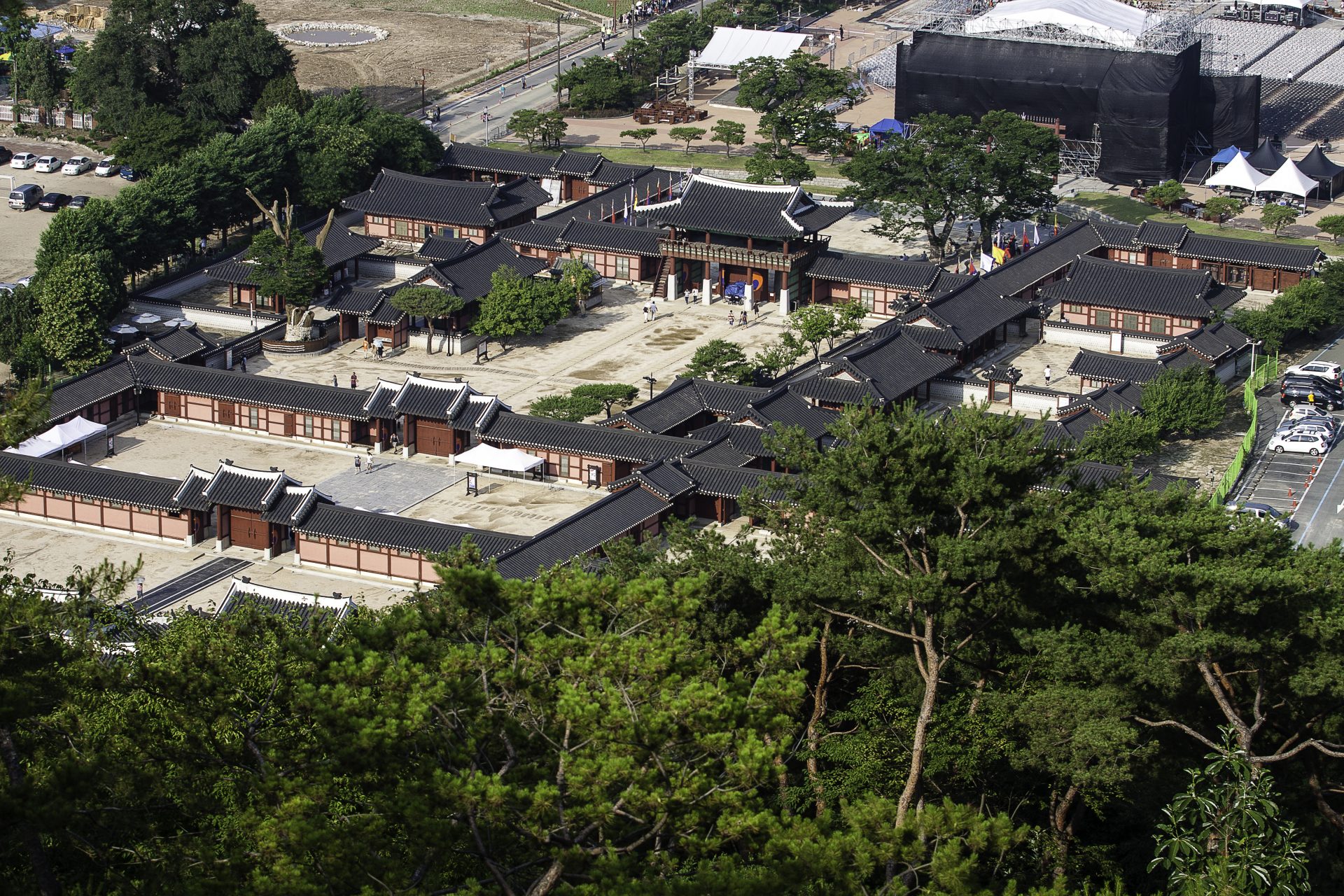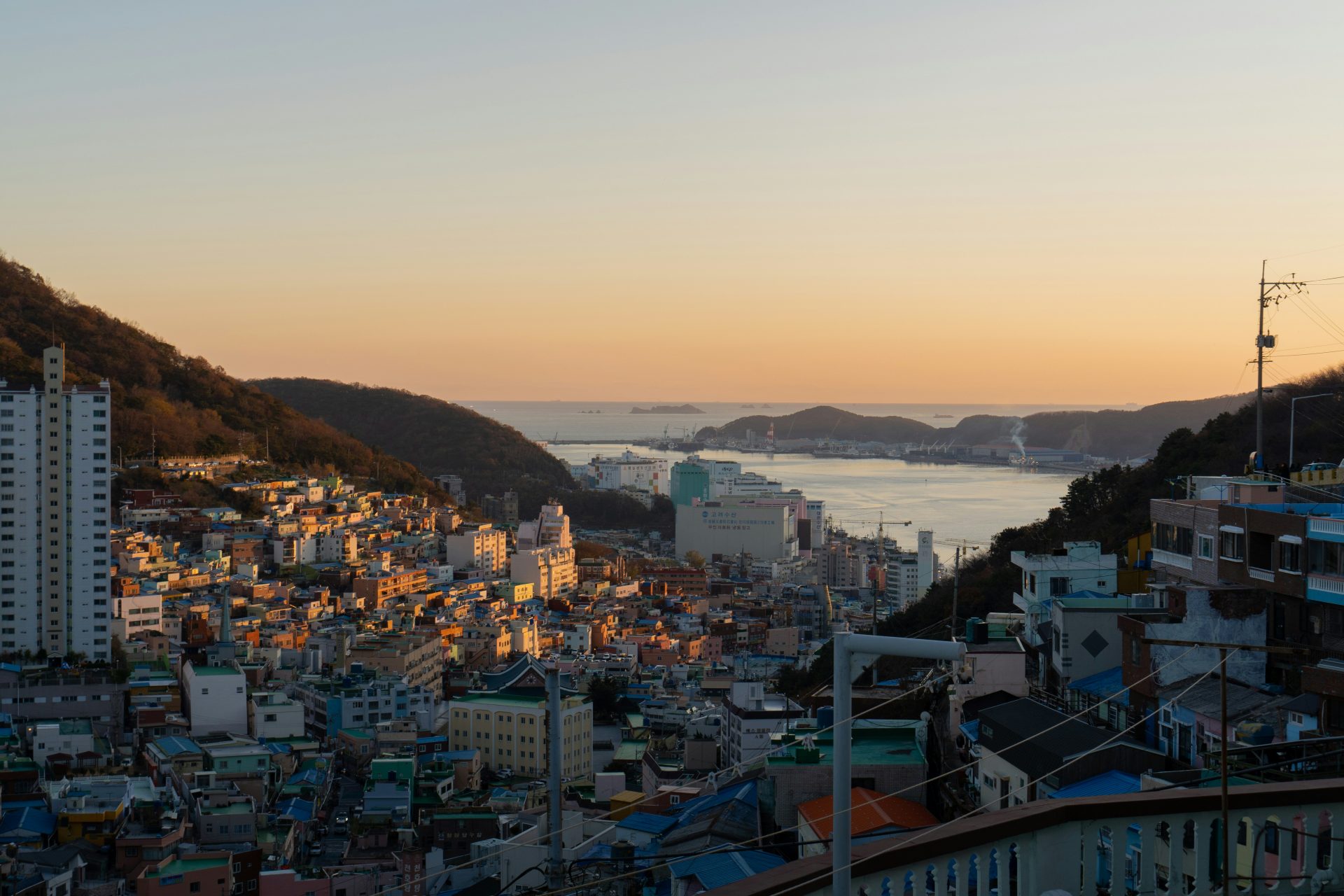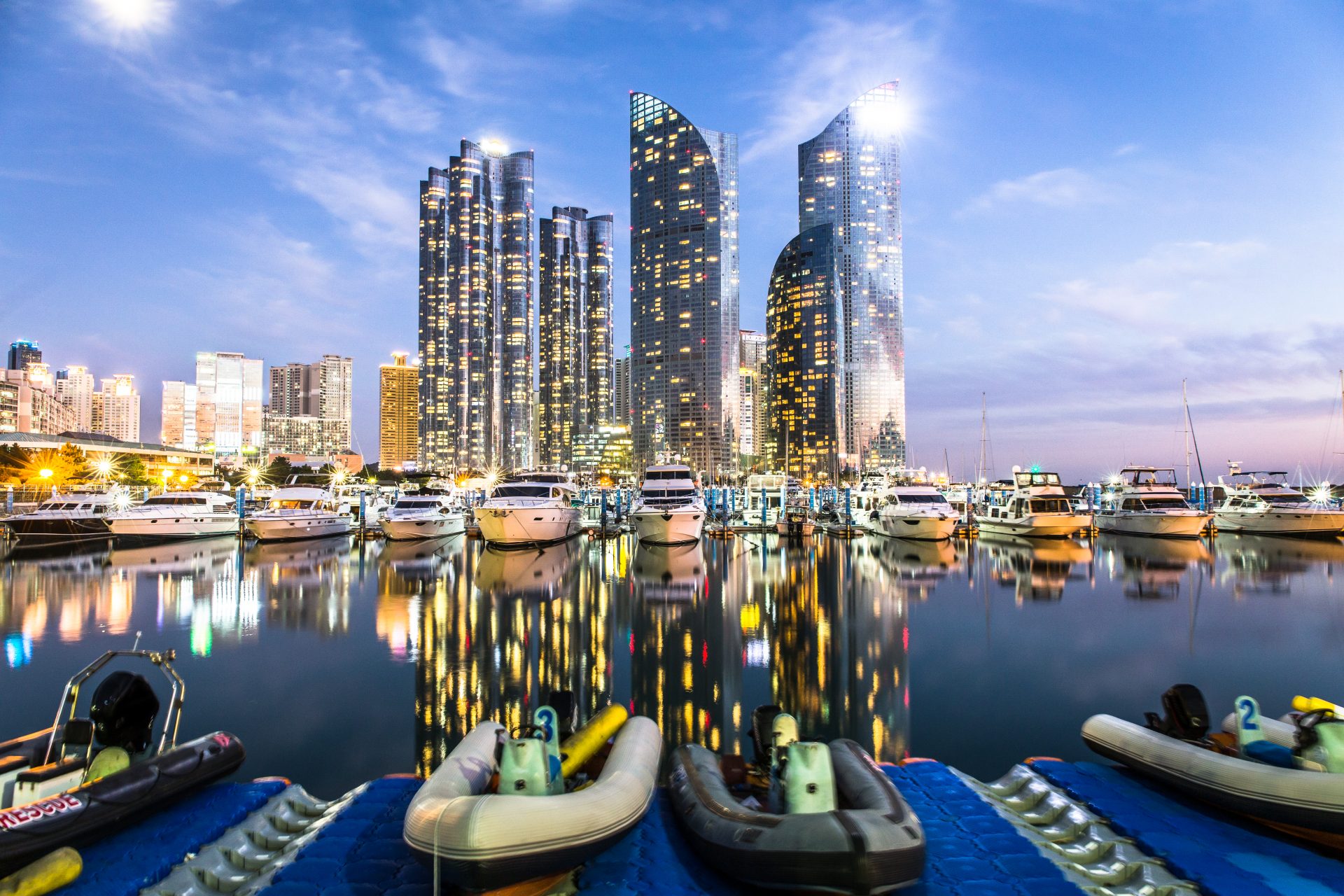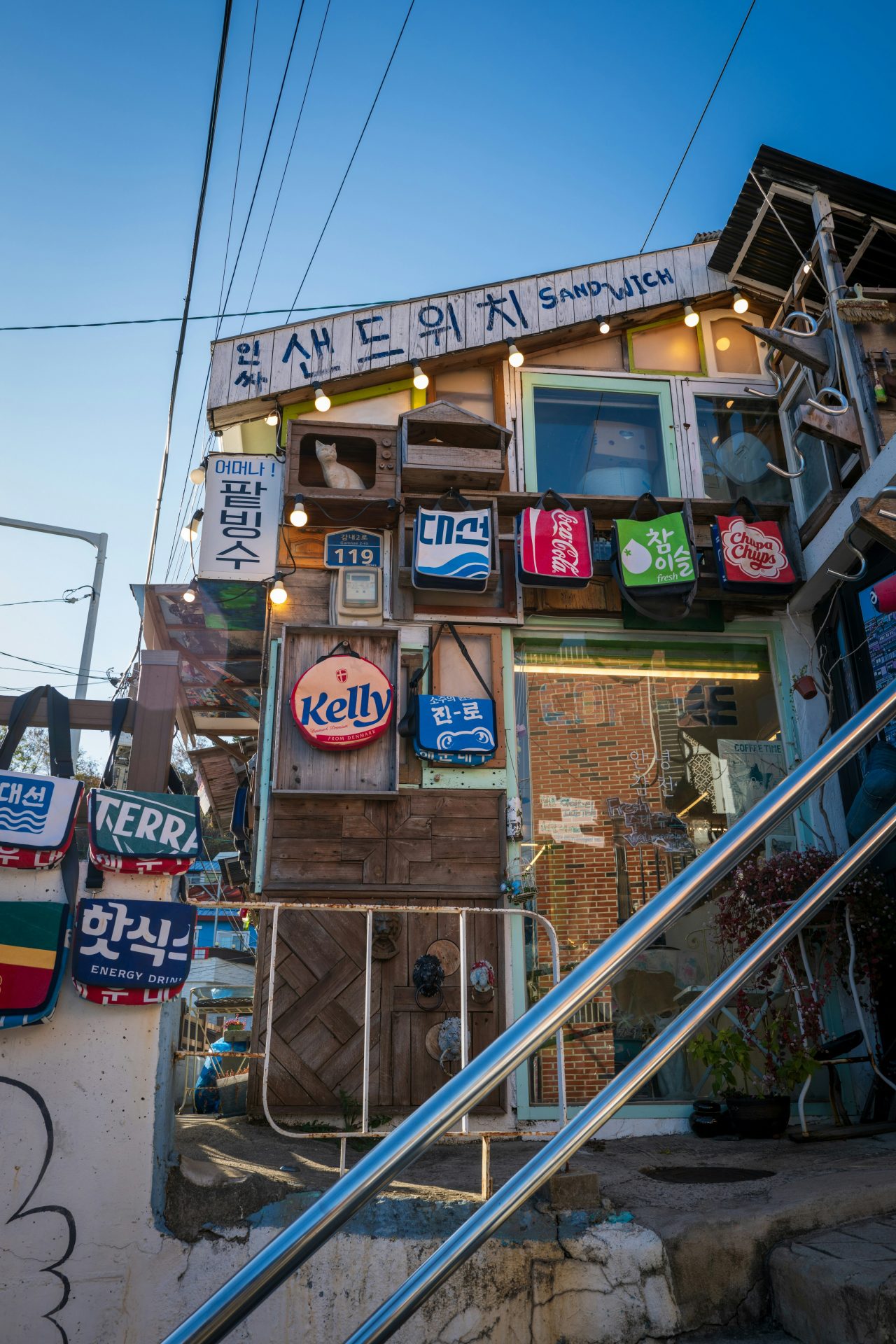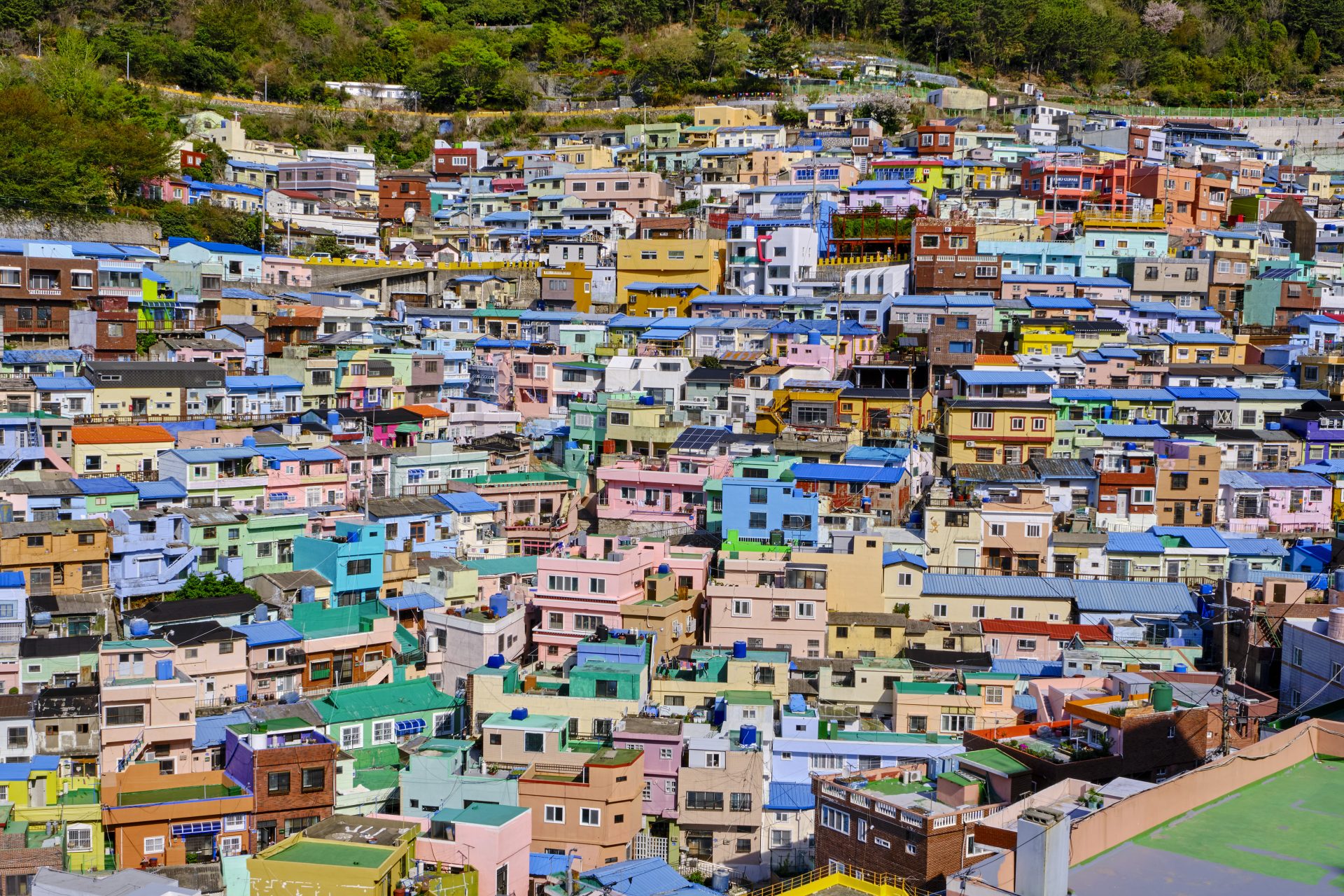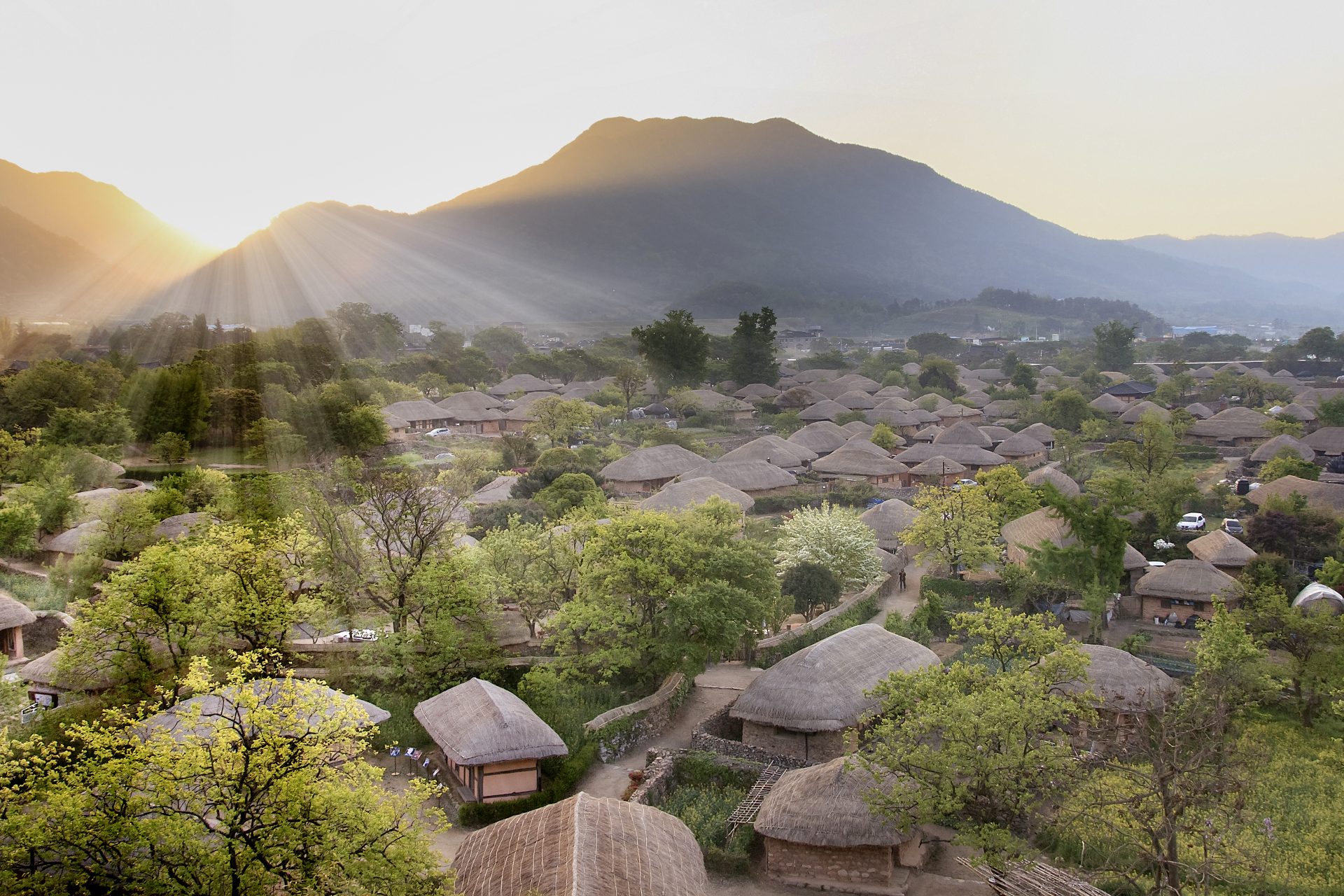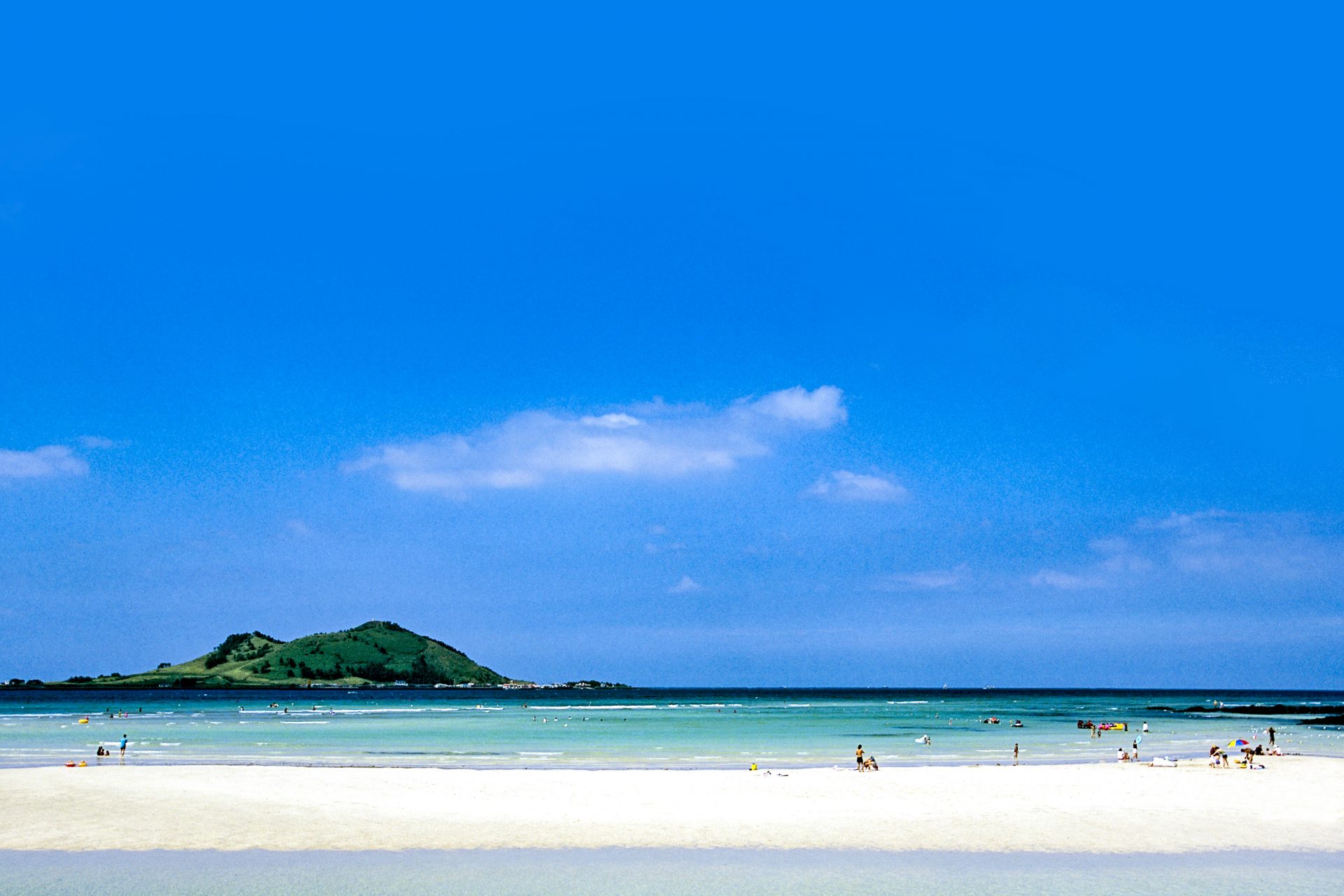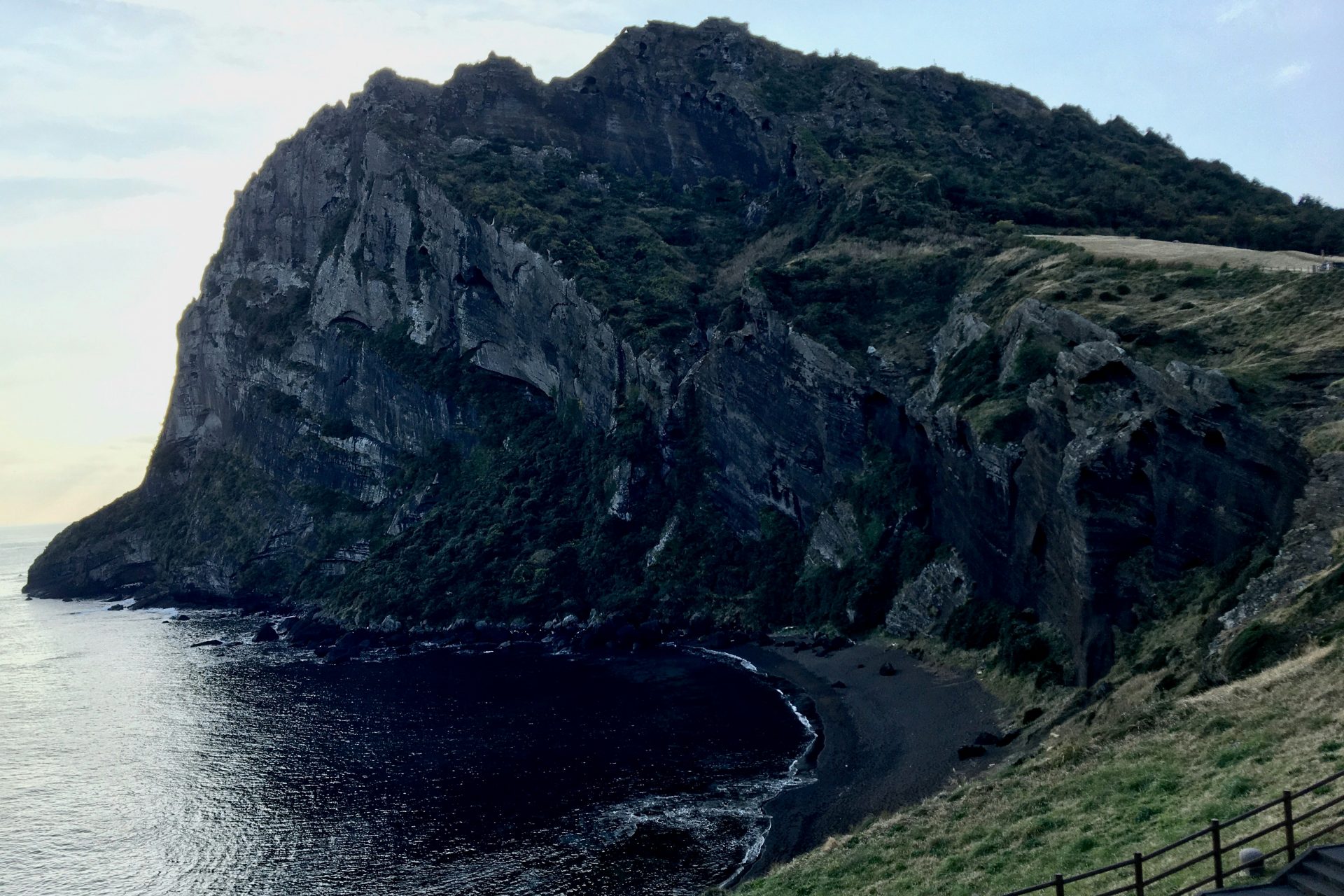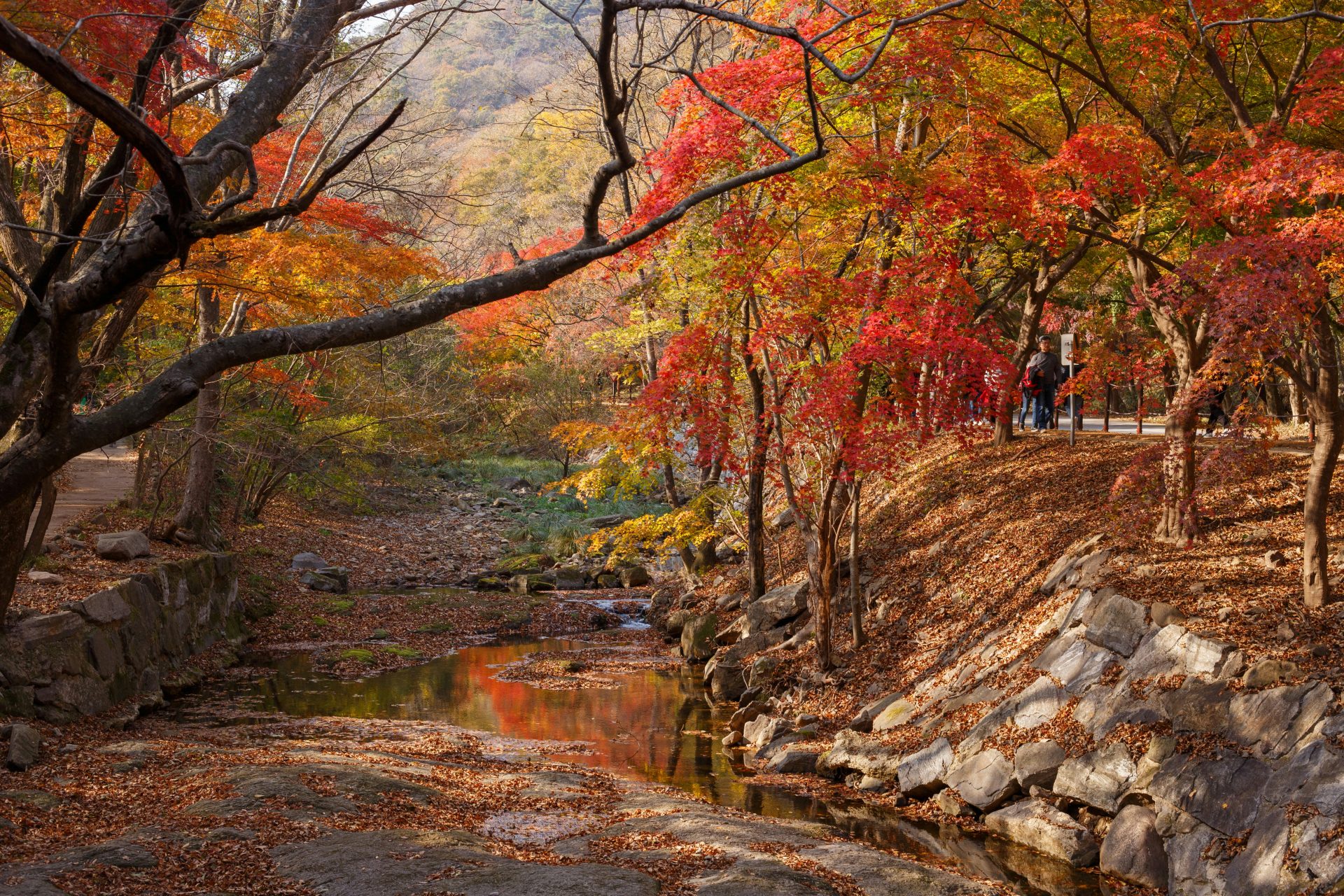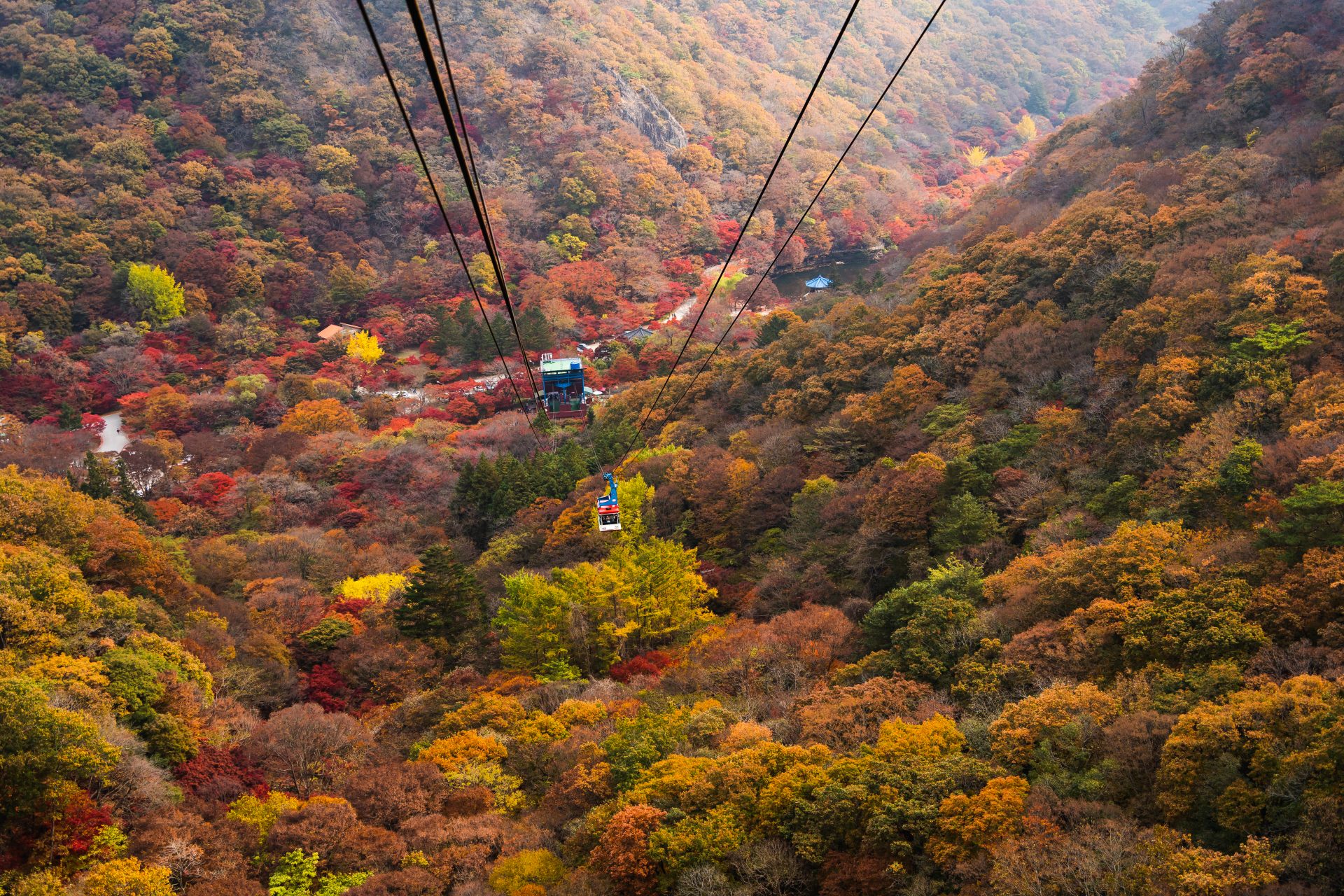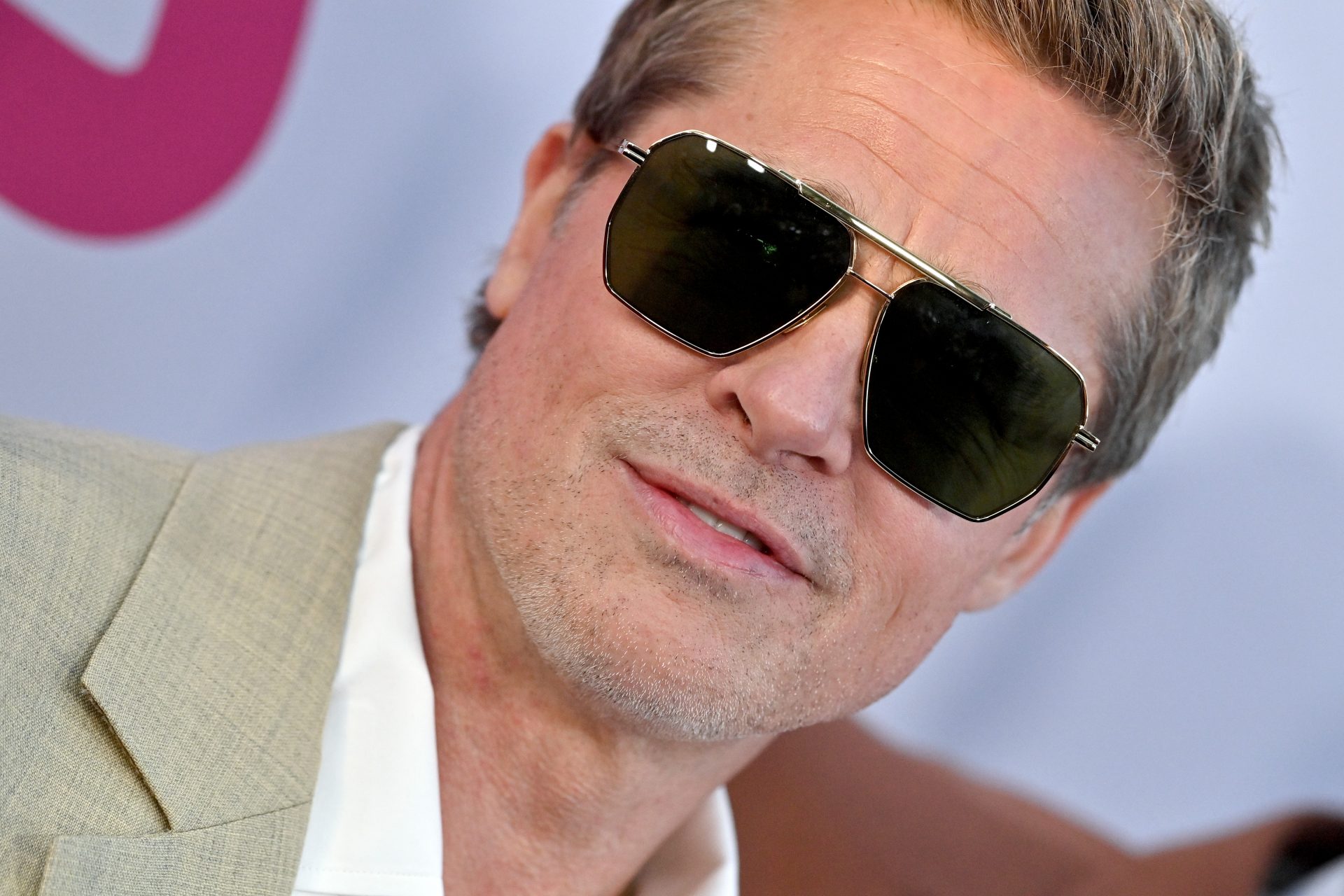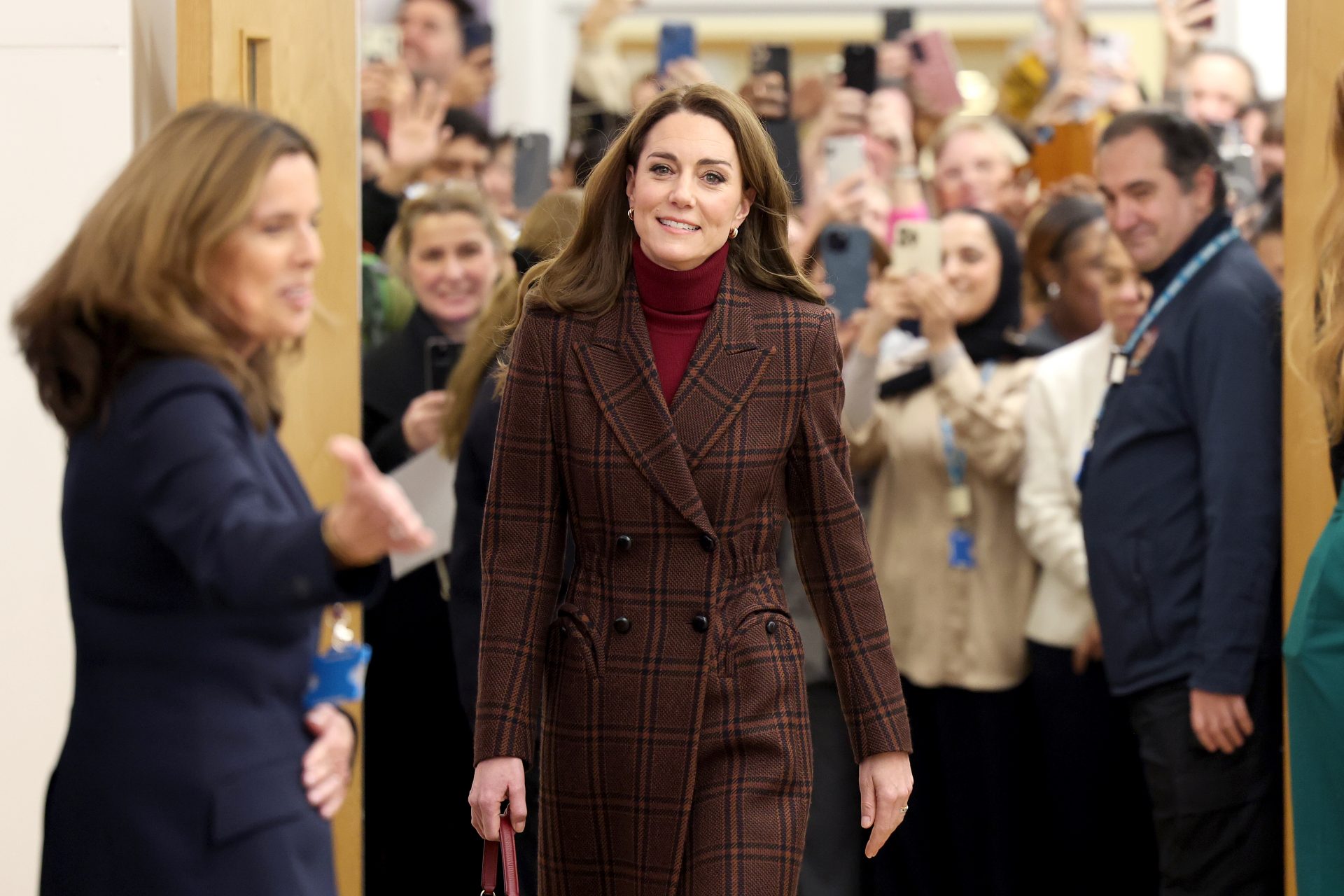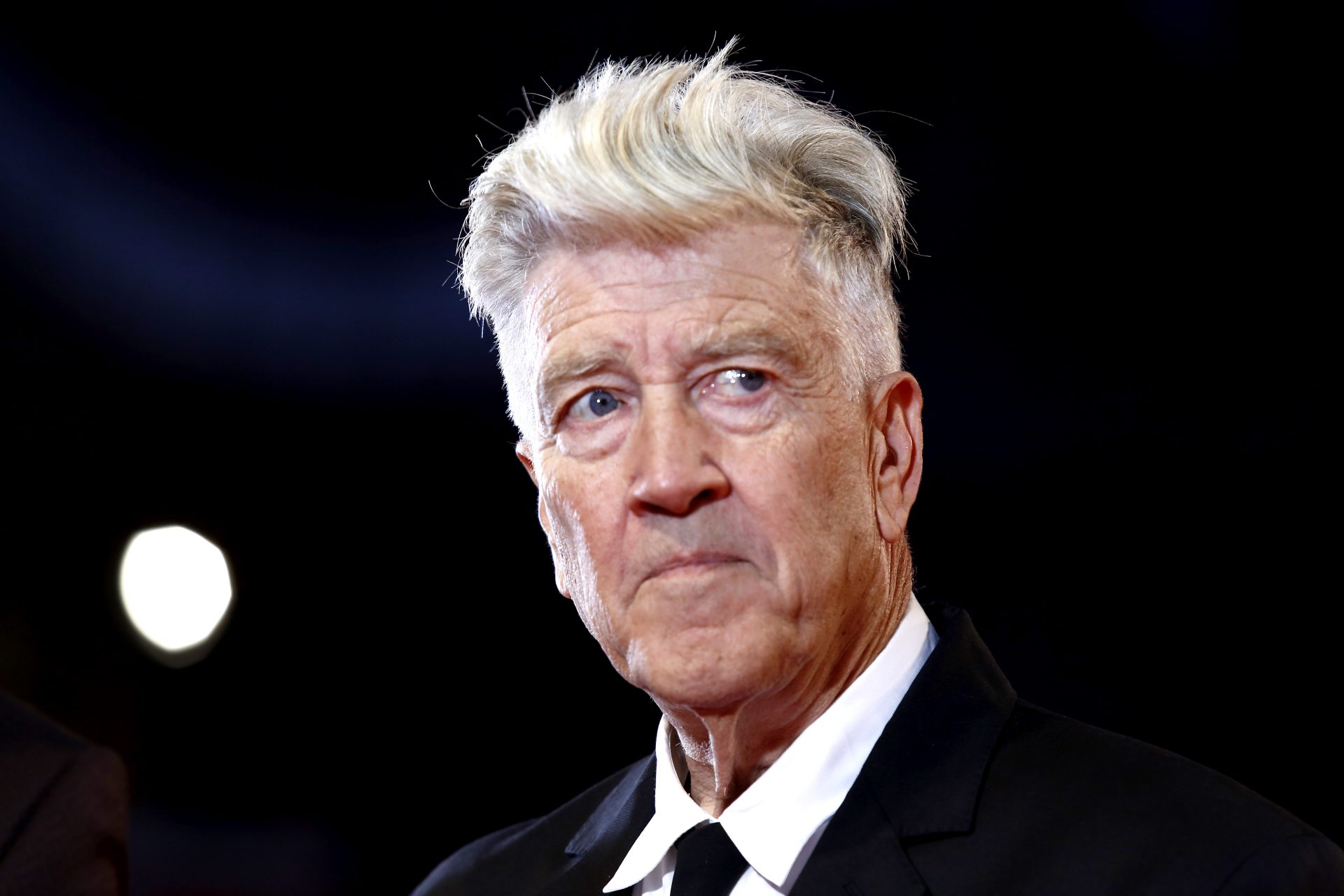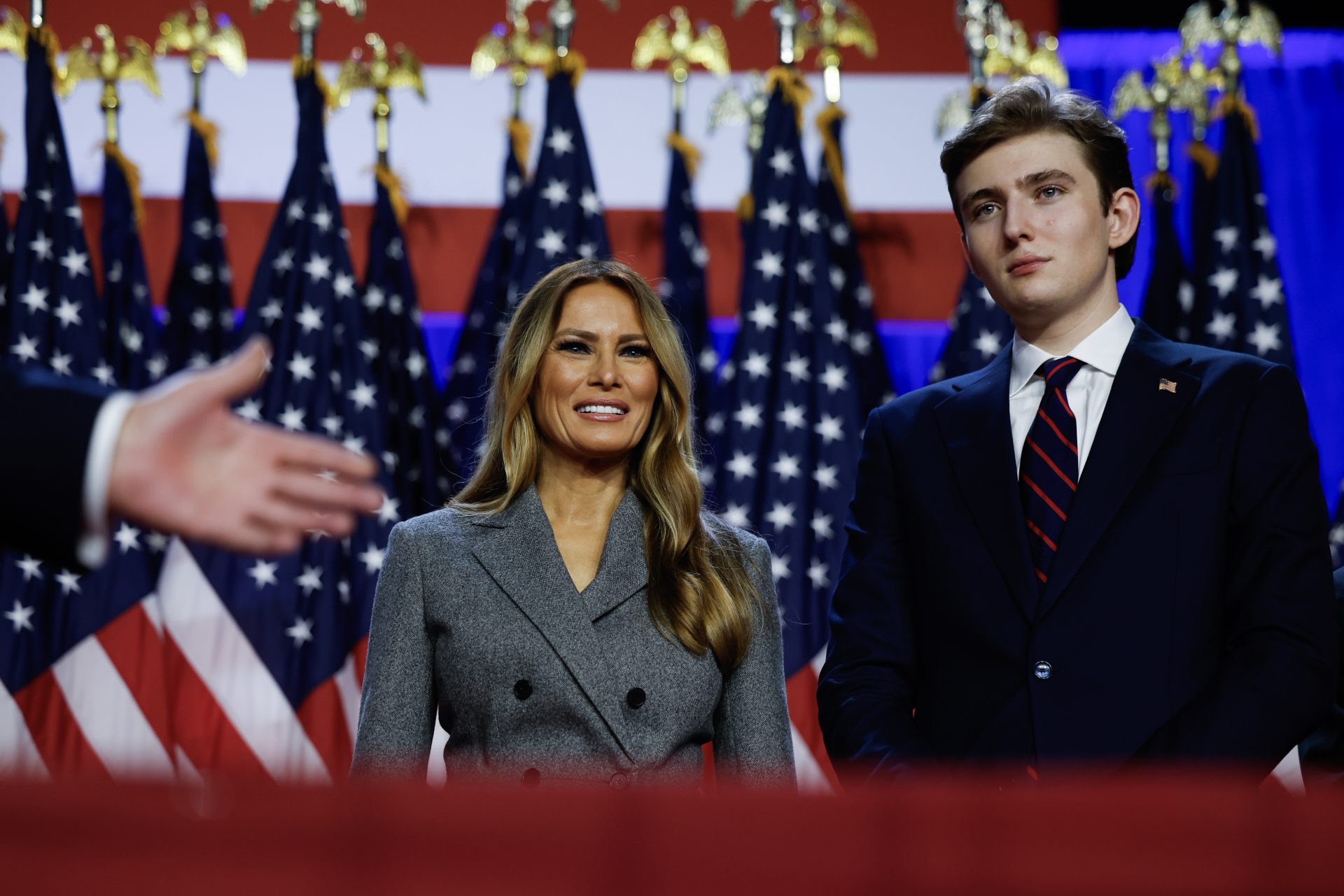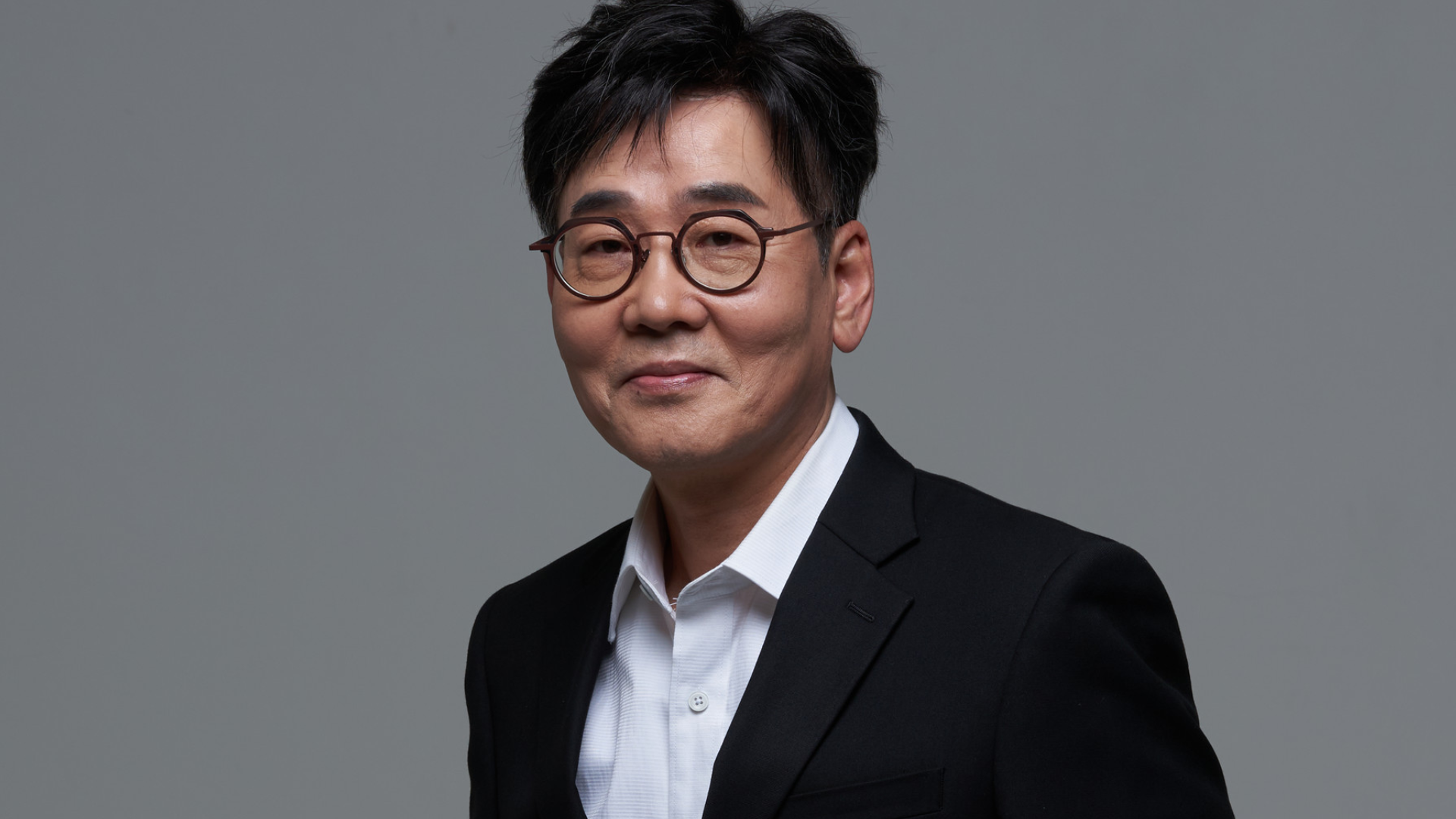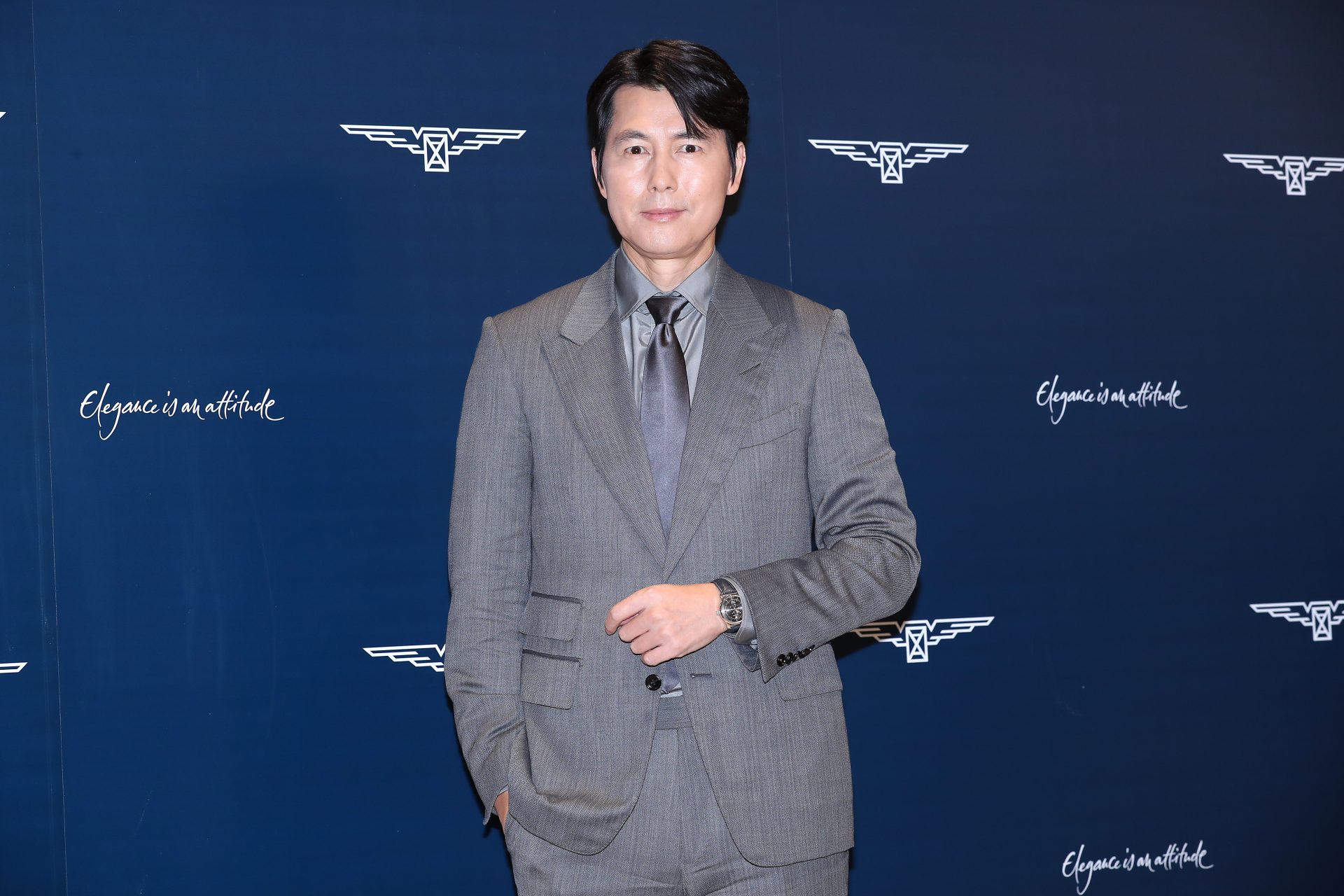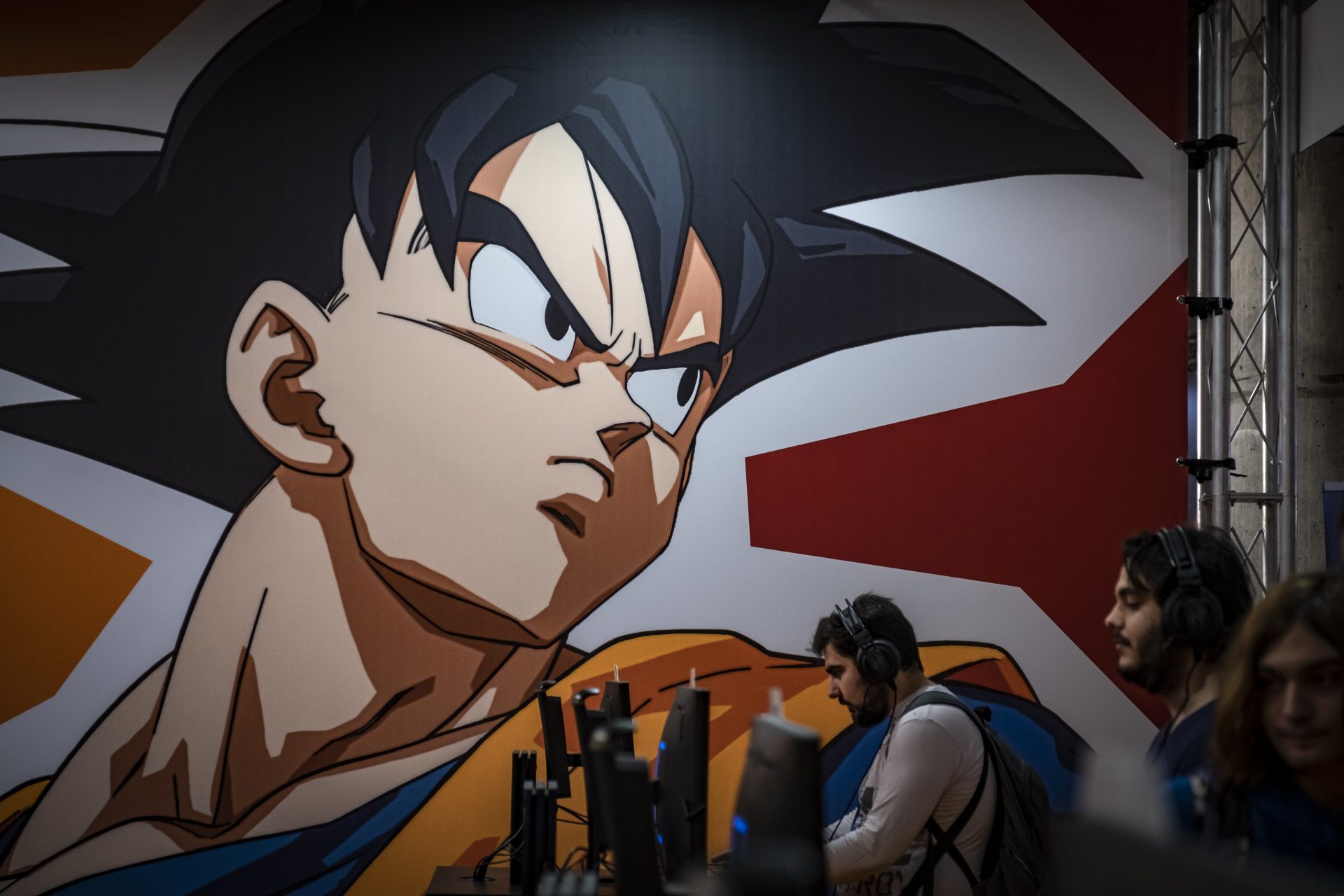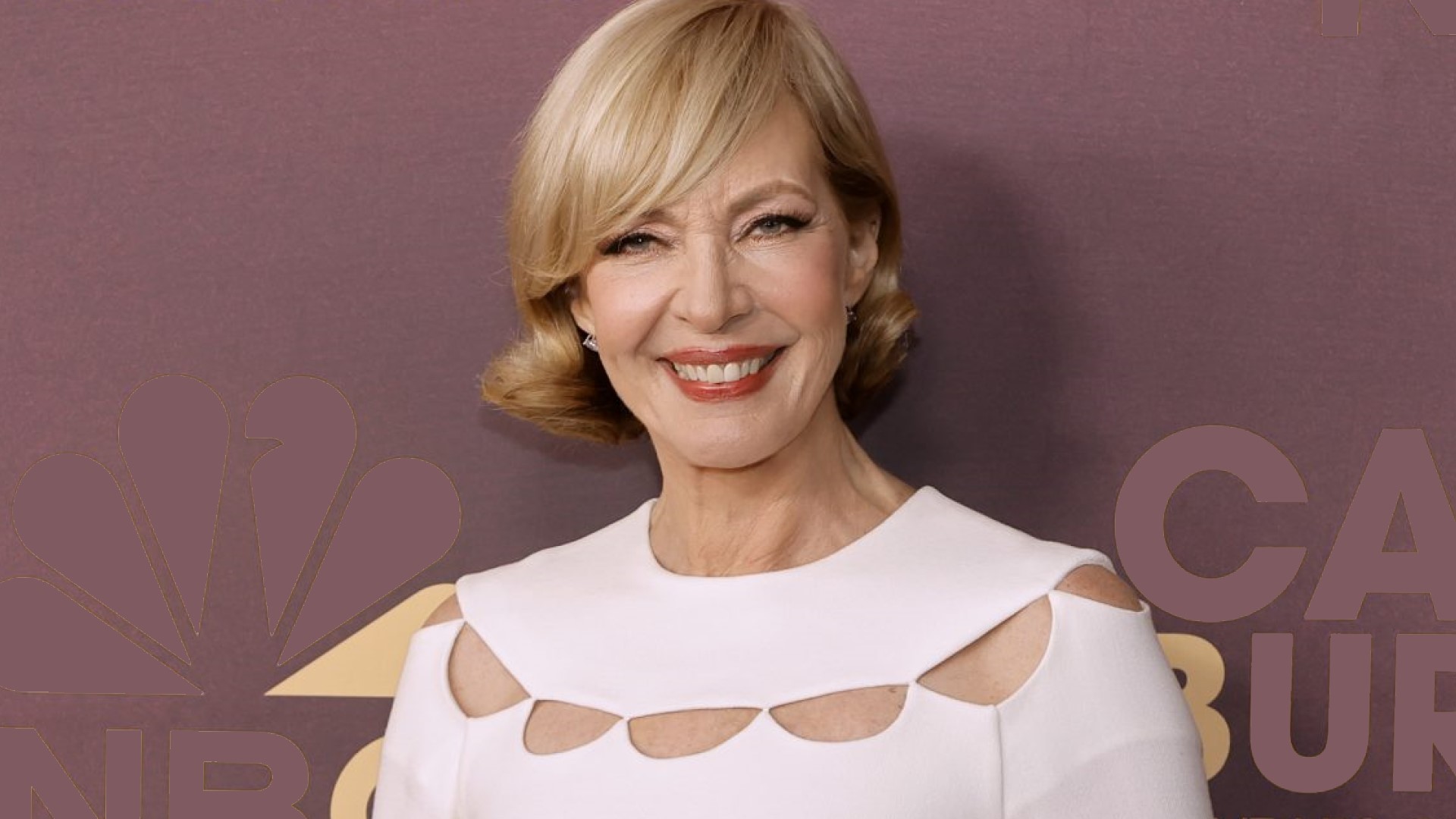Must-visit: Recommended tourist destinations in South Korea
Have you thought of going on vacation to South Korea? It's a country where you can enjoy historical cultural heritage and delicious gourmet food, beauty salons, massages, popular cosmetics, and shopping. Let's take a look at some tourist attractions in Korea.
Gyeongbokgung Palace was built in 1395 by Lee Seong-gye, the founder of the Joseon Dynasty. It is the largest of the five ancient palaces in Seoul, with national treasures and other valuable buildings dotted around the approximately 120,000 Pyong grounds.
Follow Showbizz Daily to see the best photo galleries every day
What you can't miss is the Grand Palace Guard Changing Ceremony that takes place every day, reenacting the ritual of the changing guards of the gate during the Joseon Dynasty.
Image: Konrad Ziemlewski / Unsplash
It was founded in 1405 as a villa but came to be used as a replacement for the main palace (Gyeongbokgung Palace) after it was burnt down in the war. This royal palace has maintained most of its original appearance and is also registered as a World Heritage Site.
In addition to the 13 historic buildings, the garden, which incorporates Korean landscaping techniques, is a major attraction.
Image: Soyoung Han / Unsplash
In this area of Seoul, you can feel the atmosphere of 'good old Korea', with shops selling antiques, old art, ceramics, galleries, and traditional crafts. On Sundays, it becomes a pedestrian paradise with a flea market.
In addition to traditional teahouses, the back streets are dotted with Korean restaurants and taverns where you can enjoy Korean gourmet food.
Image: Andrea Wilkins / Unsplash
Bongeunsa Temple, built in 794 during the Silla period, is located in the center of Gangnam amidst rows of skyscrapers. There are many attractions, including the Maitreya Buddha, the largest Buddha statue in Korea.
Some programs let you experience the life of a monk, zazen meditation, and the tea ceremony, making it popular with domestic and international tourists.
Image: Roméo A / Unsplash
This mausoleum was built in 1394, and the tablets of the Joseon Dynasty's kings and royal family members are enshrined here. At 101m (331.36 ft) long, it is the longest wooden structure among the existing shrines.
Jongmyo Shrine is also a World Heritage Site, and the Jongmyo Festival held every May is also designated as an intangible heritage by UNESCO as the world's oldest ritual culture with a history of 500 years.
Image: Hanvin Cheong / Unsplash
The largest downtown area in Seoul, Myeongdong is popular for its department stores, fashion buildings, and Korean beauty salons and cosmetics stores.
There are many restaurants and cafes, and in the evening, many Korean B-class gourmet food stalls appear on the main street.
Image: Nathan Park / Unsplash
In this village, Hanok, the traditional Korean houses, are clustered on a slope. The royal family and aristocrats of the Joseon Dynasty lived in these Hanok, so the village exudes elegance.
Take a break at one of the stylish cafes dotted around the area and enjoy visiting the 'Bukchon Hakkei' selected by the city of Seoul.
Image: YK / Unsplash
In this area of Seoul, an old-fashioned wholesale market and modern wholesale fashion stores coexist. Domestic and international buyers shop in the wholesale district from night until dawn, so many shops and restaurants are open all night. Some even call Seoul 'The City that Never Sleeps'! Although strictly, the clothes are sold wholesale, there are many shops where the general public can purchase at retail.
This fortress is surrounded by a wall of about 5.5 km (3.4 miles) long. Built in the 18th century, it has gates, artillery batteries, and military training camps at key points.
The fortress is registered as a World Heritage Site as the finest military building of its era, incorporating traditional Korean-style decorations and the latest 18th-century technology found in European fortifications.
Image: Ratapan Anantawat / Unsplash
Although it was a temporary palace for the king within the Suwon Hwaseong Fortress, the castle was built as a formal palace. It was large and frequently used. Since then, it has been a filming location for several dramas and movies. In the surrounding area, there are many trendy cafes and general stores.
Busan is Korea's largest port city and the second-largest city in the country. There are many sightseeing spots, including Haedong Yonggungsa Temple, built on a rocky area by the sea.
Image: Patrick / Unsplash
Famous as a gourmet destination, Jagalchi, Korea's largest seafood market, is surrounded by many restaurants where you can enjoy fresh seafood. It is also famous for its romantic night view.
Gamcheon Culture Village, with its colorful houses lined up on a slope, has become popular as an Instagram spot in recent years.
Image: Sung Jin Cho / Unsplash
It was originally a village where people who evacuated from North Korea during the Korean War lived. Since 2009, the town has been revitalized, its landscape has been improved, and it has become Busan's leading tourist spot.
A walled village in Suncheon, southern Korea, Naakan-eup Seong is one of Korea's three major folk villages. It holds many interesting cultural properties. The village is packed with Korean-style thatched-roof houses and there are plenty of exhibits that introduce the lives of Korean people 400 years ago.
Jeju Island is known as the 'Hawaii of Korea,' drawing tourists from home and abroad. The area is full of attractions, such as Ushijima, famous for its emerald green sea and white beaches.
Other attractions include Seongsan Ilchulbong (image), which was born from the eruption of an undersea volcano 100,000 years ago. You can also see the world's longest lava cave and a waterfall, Seongbang Falls, that flows into the sea.
Photo: Linda Yuan / Unsplash
Mt. Ura is famous for its autumn leaves, where the entire mountain is dyed red. The area is dotted with waterfalls and temples, so we recommend trekking to see the autumn leaves.
Image: Ken Cheung / Unsplash
If you are not confident in your physical strength, take the ropeway to the observation deck and enjoy the panoramic view of autumn leaves. Also, azaleas and cherry blossoms are in full bloom in spring.
Follow Showbizz Daily to see the best photo galleries every day

